This page will be updated throughout the project, every time a result will be published.For your information, the documents provided are in French, except the description of the main results.
Access to results :
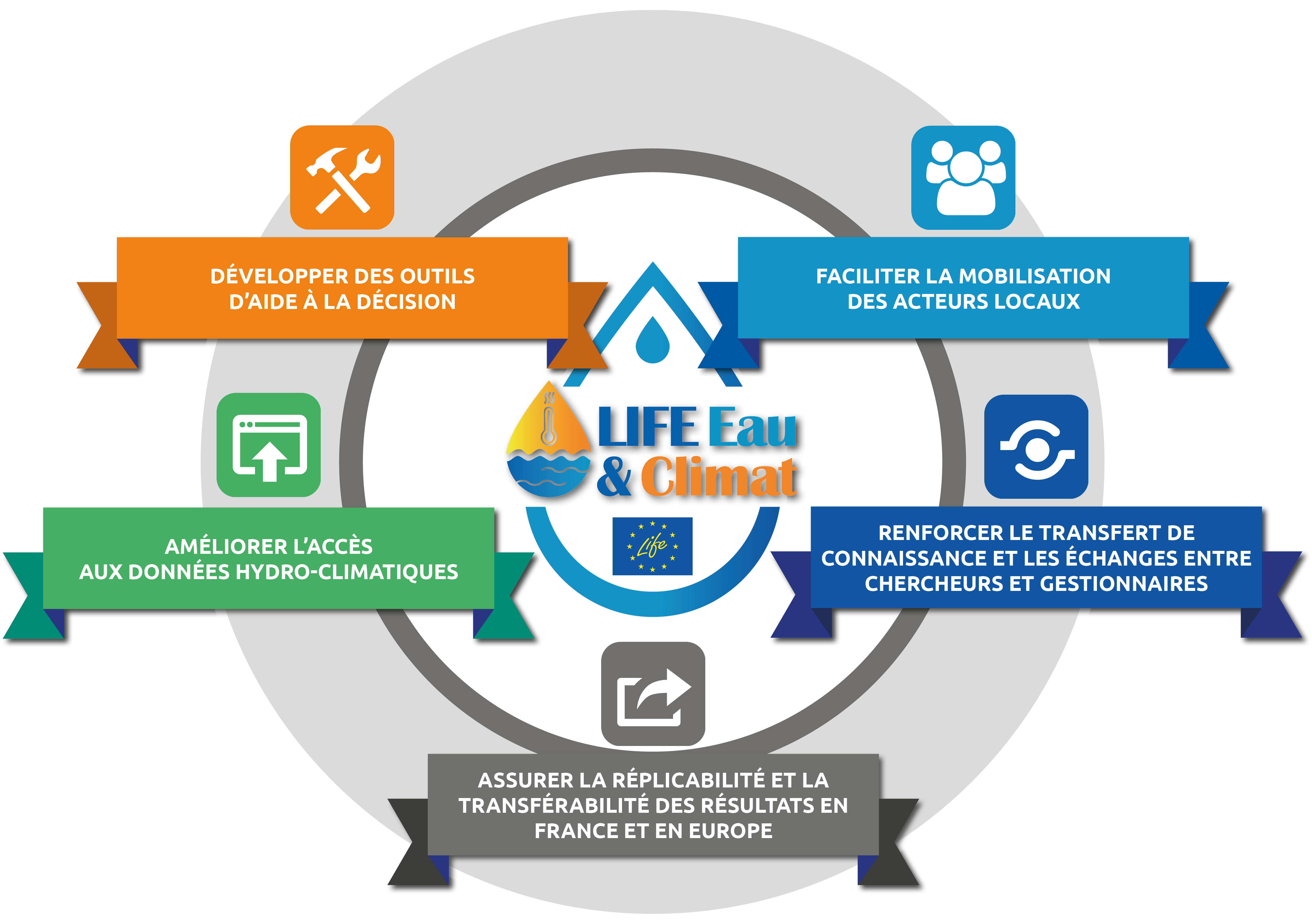 |
MAIN DELIVERABLES
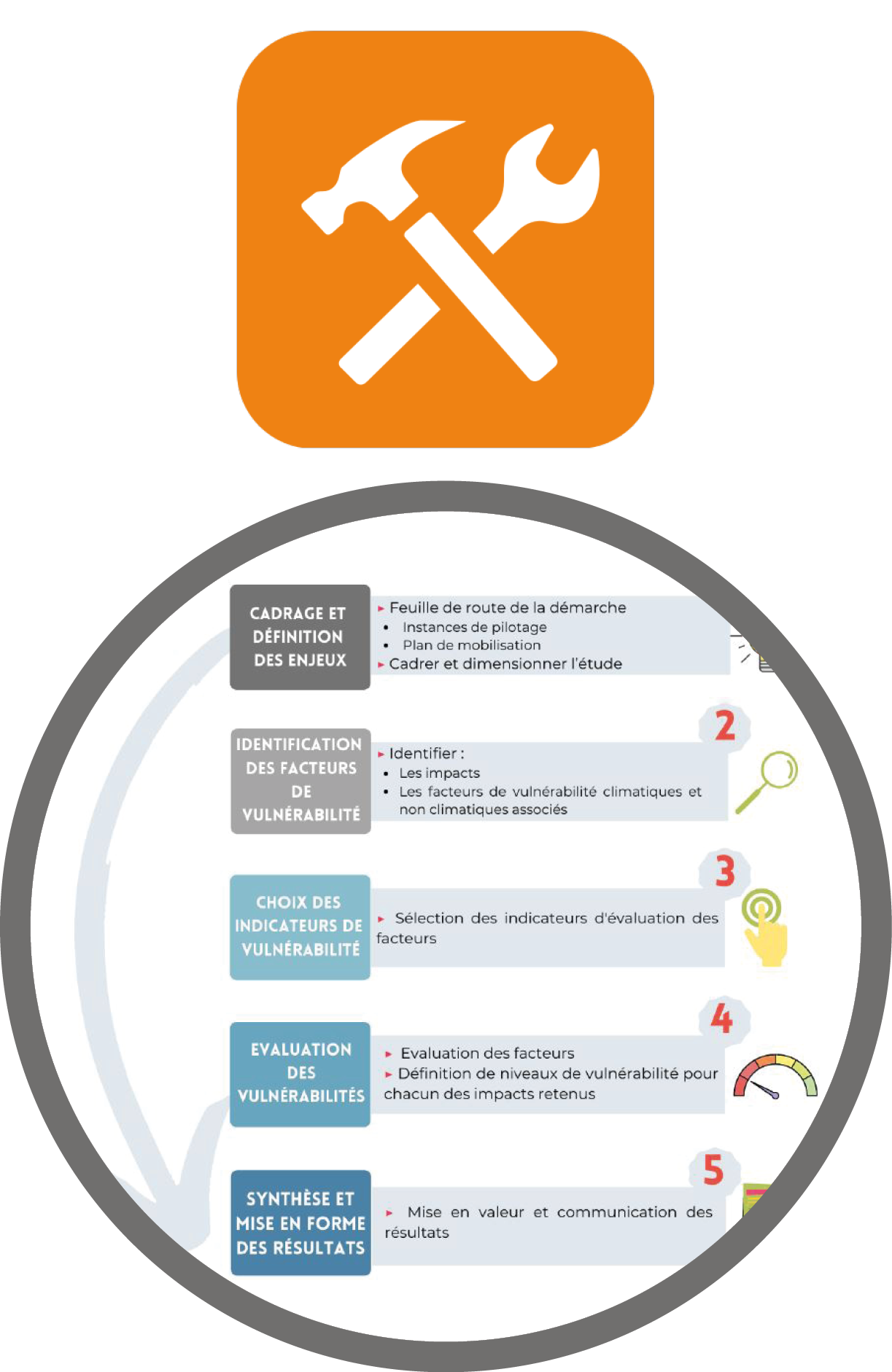 |
Guide to assessing vulnerability to climate change for local water management (provisional version)
Un diagnostic des vulnérabilités permet de définir les axes prioritaires d’action pour l’adaptation dans le domaine de l’eau à l’échelle d’entités de gestion. Ce guide propose une méthode pour mener un diagnostic territorialisé des vulnérabilités au changement climatique liées à l’eau, qui mêle une approche technique avec la co-construction et la mobilisation des acteurs du territoire. |
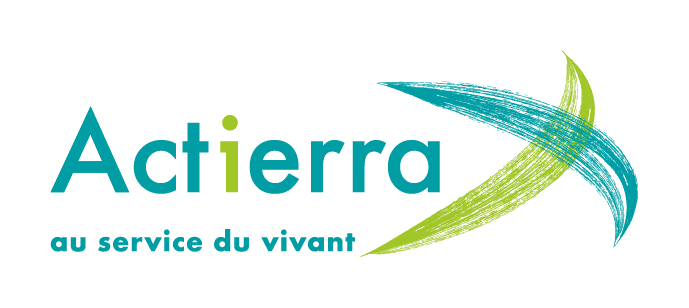 |
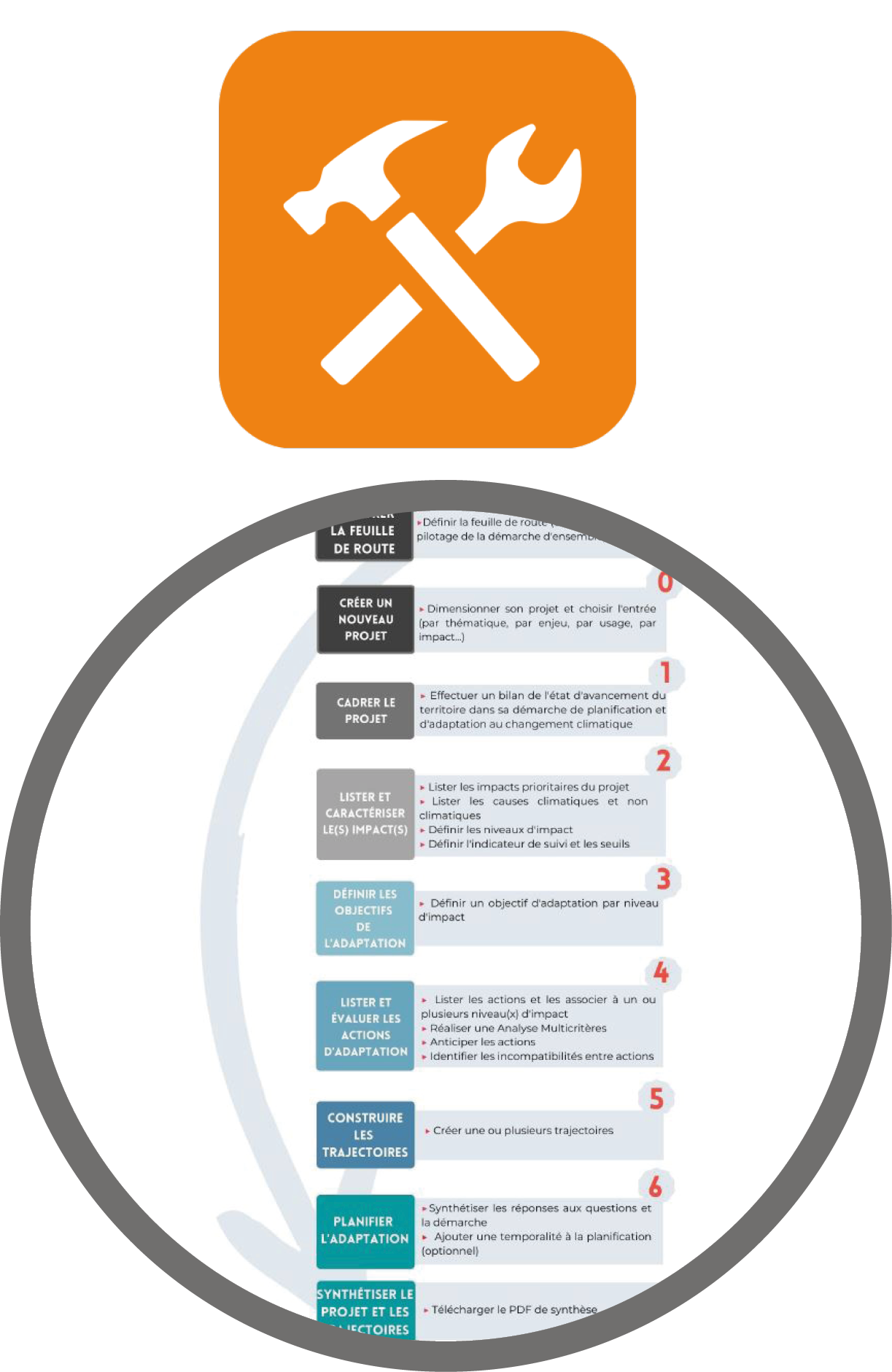 |
Climate change adaptation strategy guide for local water management (provisional version)
This guide presents a method and an analytical framework for building a strategy for adapting to climate change, which local territories are invited to take in hand and adapt to their own contexts, needs and resources. It will be used as a companion to a web tool currently under development. |
 |
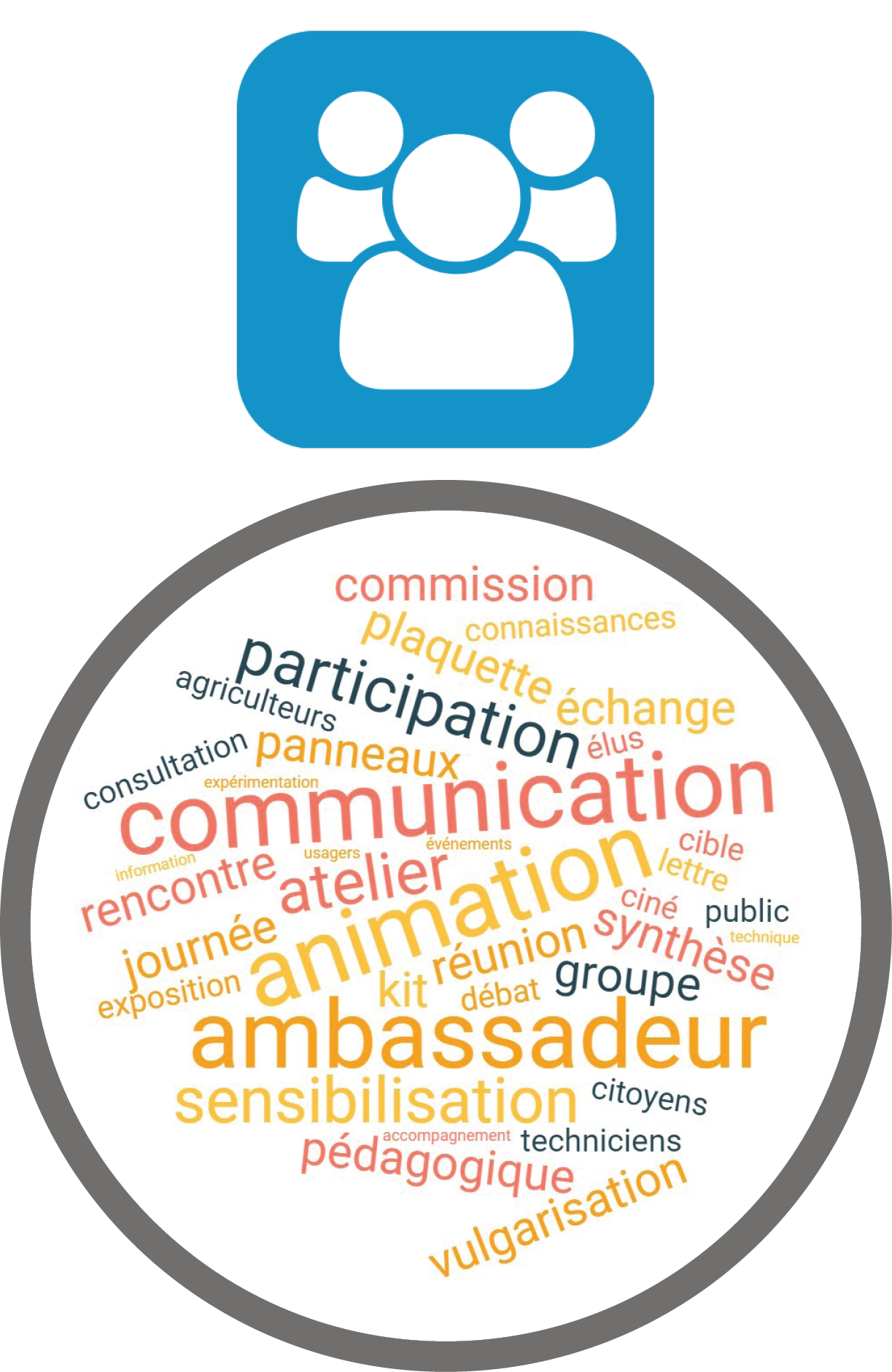 |
Guide to mobilising local players, analysis of practices and recommendations (version 2022)
This guide is based on the expectations and needs of the partners in the LIFE Eau&Climat project, in terms of mobilising stakeholders. Six main mobilisation themes have been selected: promoting ambassadors, raising awareness, communicating, leading, participating and guiding/accompanying. It contains recommendations that will be enriched in its final version in 2024. |
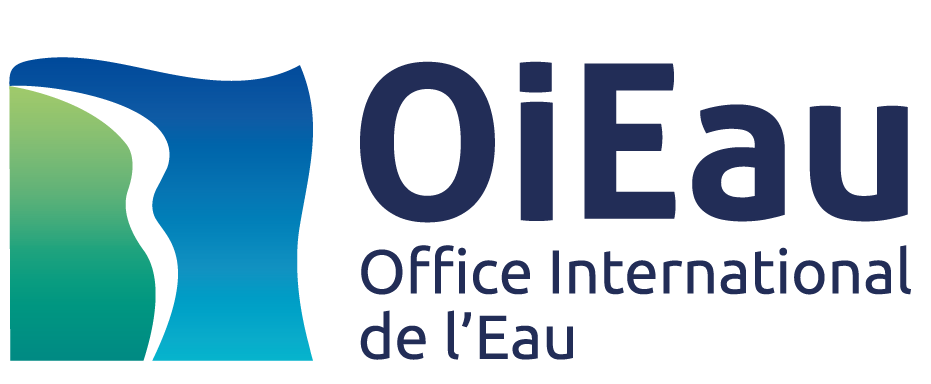 |
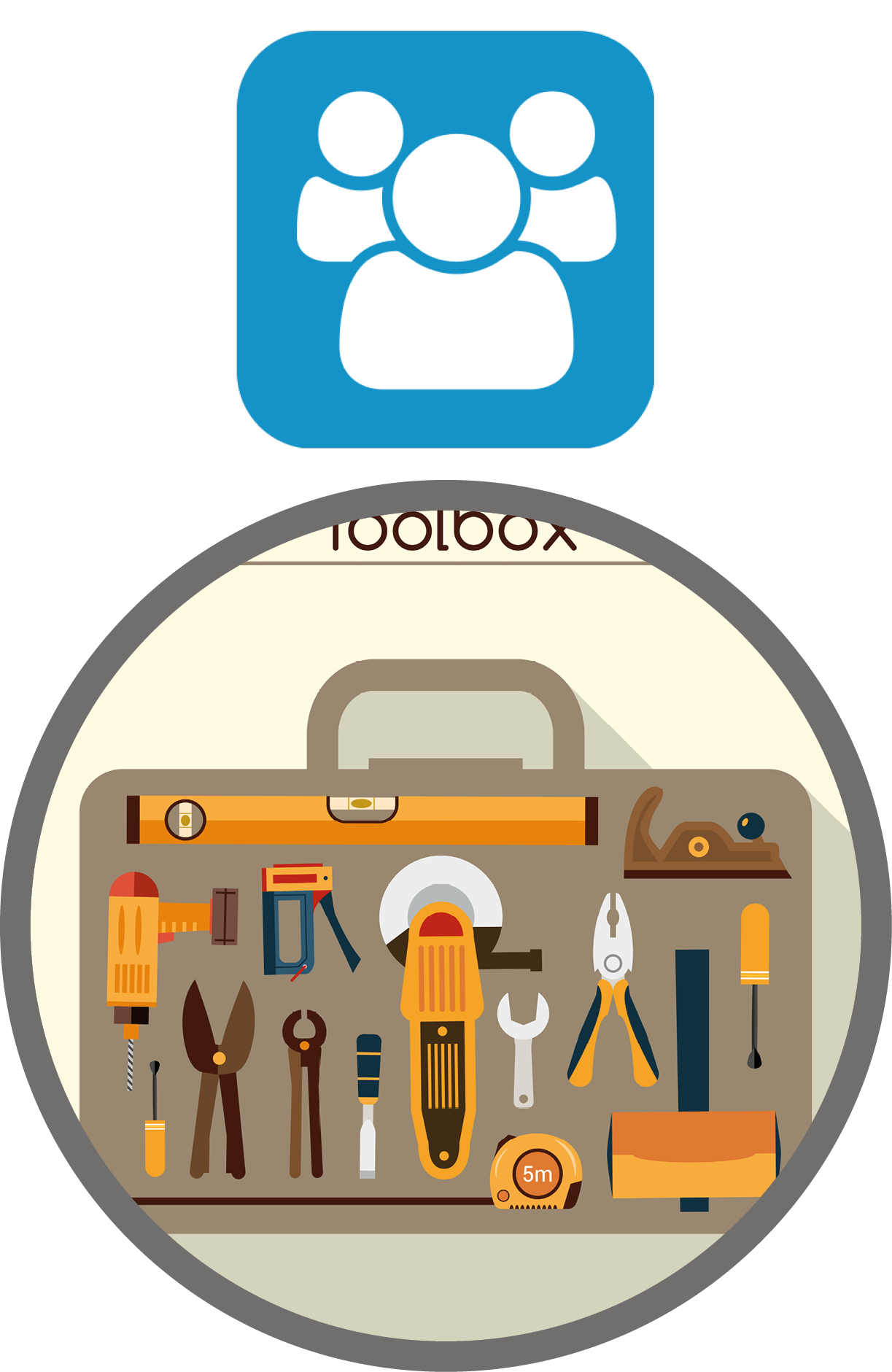 |
Toolbox for mobilising stakeholders
A toolbox has been created using Pearltree, an online software package, to bring together and make available all the tools and experiences gathered in relation to the mobilisation approaches selected in the guide. It will be added to on an ongoing basis. |
 |
 |
Feedback on mobilisation
Compilation of feedback from LIFE Eau&Climat project partners on mobilisation actions carried out in their areas. More information will be added as the project progresses. |
 |
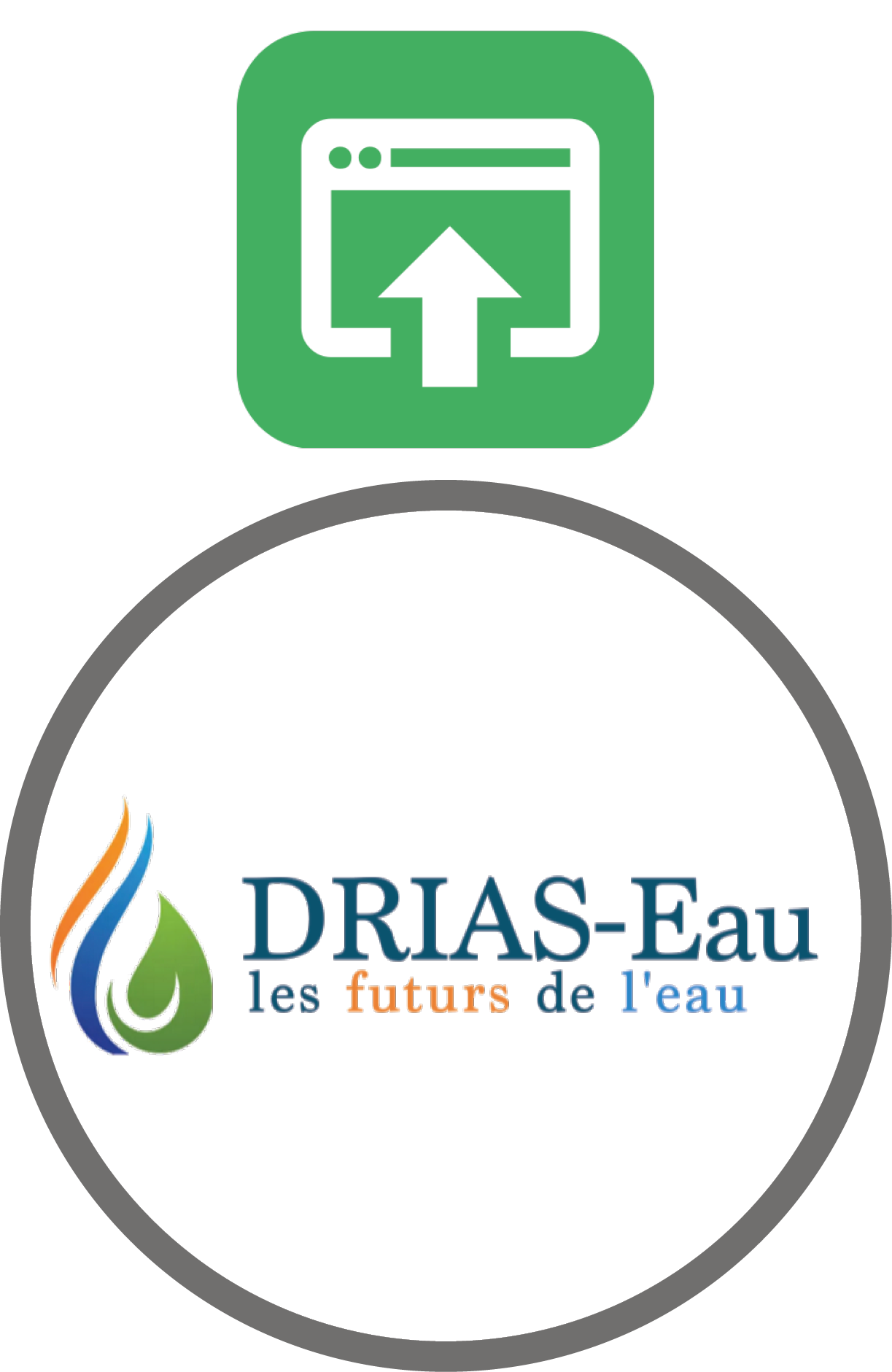 |
DRIAS-Eau hydrological data portal, the future of water
DRIAS-Eau offers a range of hydrological data for future climates, based on the various IPCC scenarios, and provides maps showing changes in water resources as close as possible to local areas, in the short, medium and long term. |
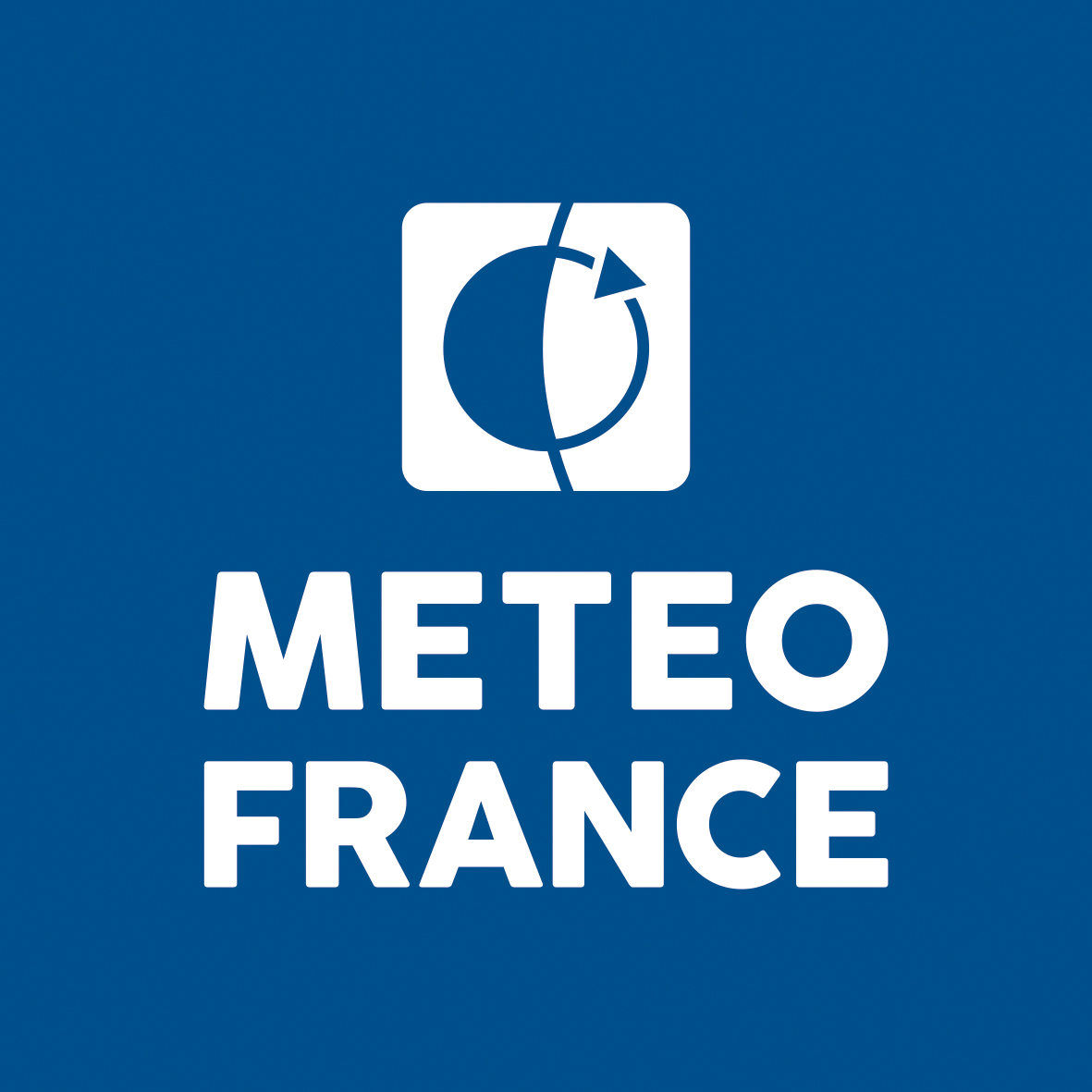 |
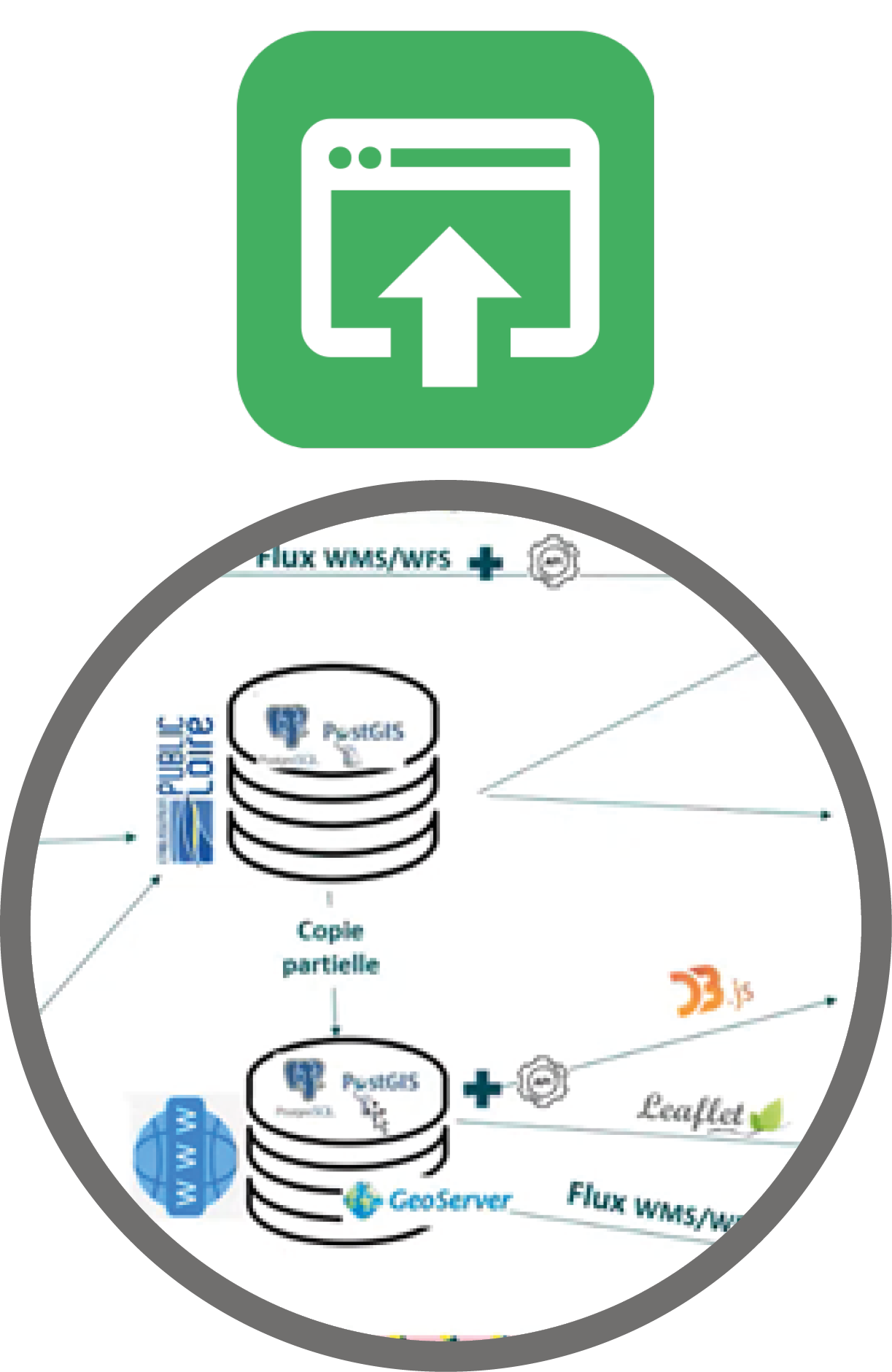 |
SAGE and climate’ observatories, feedback and recommendations
The aim of this guide is to : provide an overview of SAGE observatories; provide an overview of other types of climate-related observatories; present feedback on the implementation and management of SAGE observatories; draw up recommendations for the creation or development of SAGE observatories; propose examples of relevant data and indicators on the theme of ‘water and climate’. |
 |
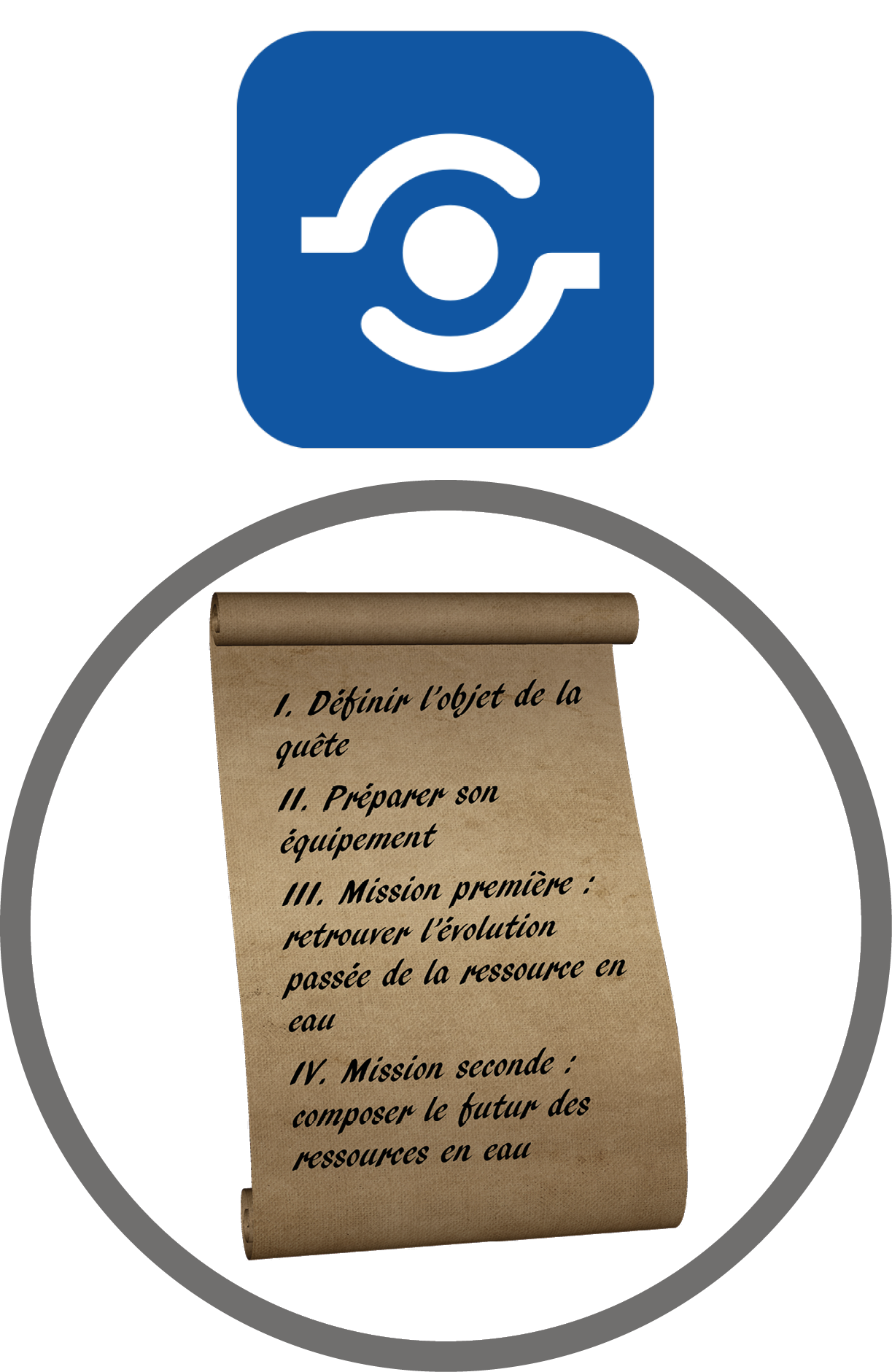 |
White Paper - Conducting a retrospective and prospective study on water resources
This white paper, written in the style of a book ‘in which you are the hero’, is a methodological guide to quantifying past and future changes in water resources in their natural dimension. It aims to assess the influence of climate alone, both past and future, on hydrology. |
 |
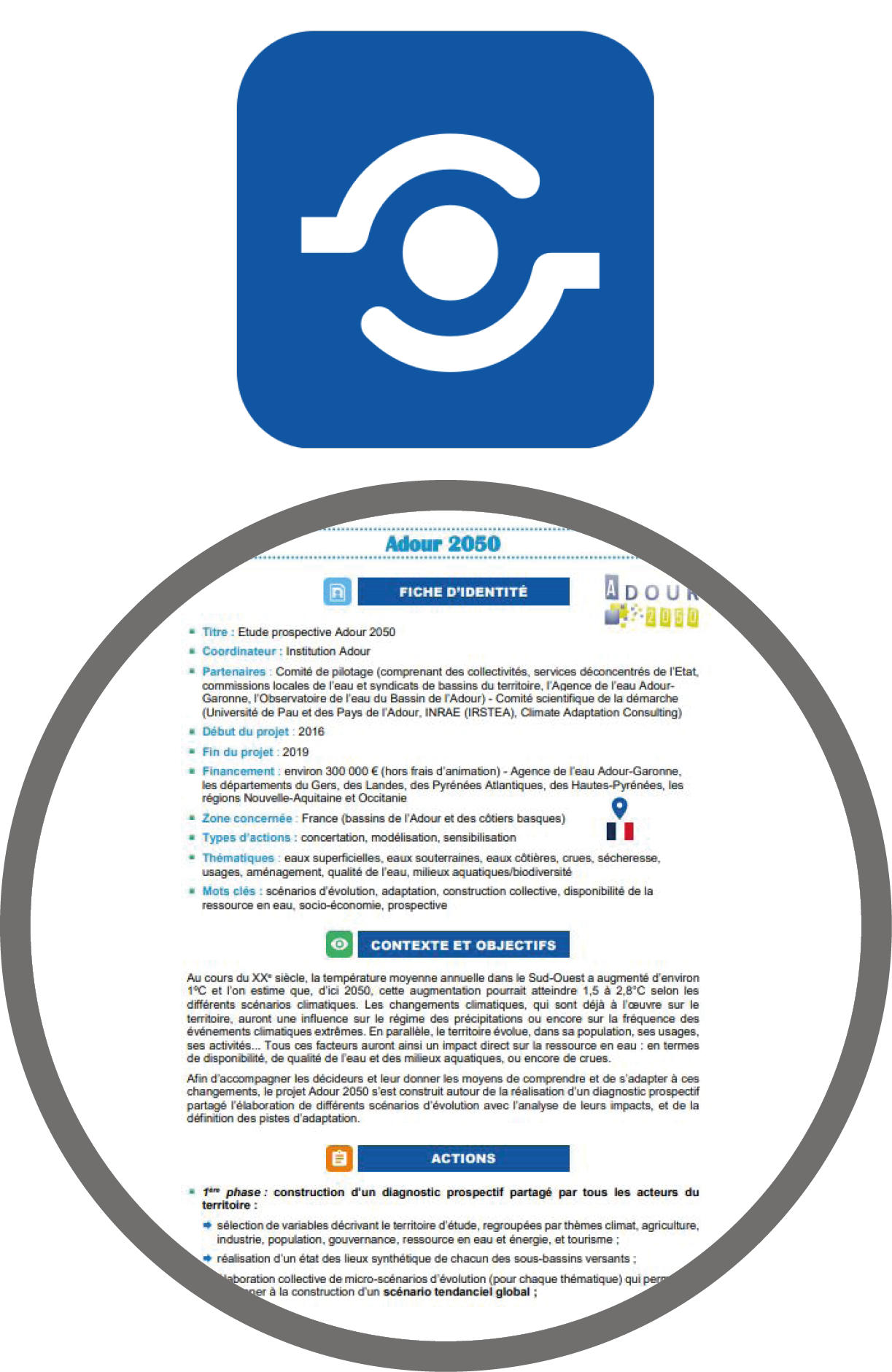 |
Compendium of ‘water and climate change’ projects (2021 version)
This collection contains a compilation of projects on the theme of water and climate change. These are research projects, operational projects or projects combining the two. An update is planned for 2024. |
 |
DEMONSTRATION IN THE TERRITORIES
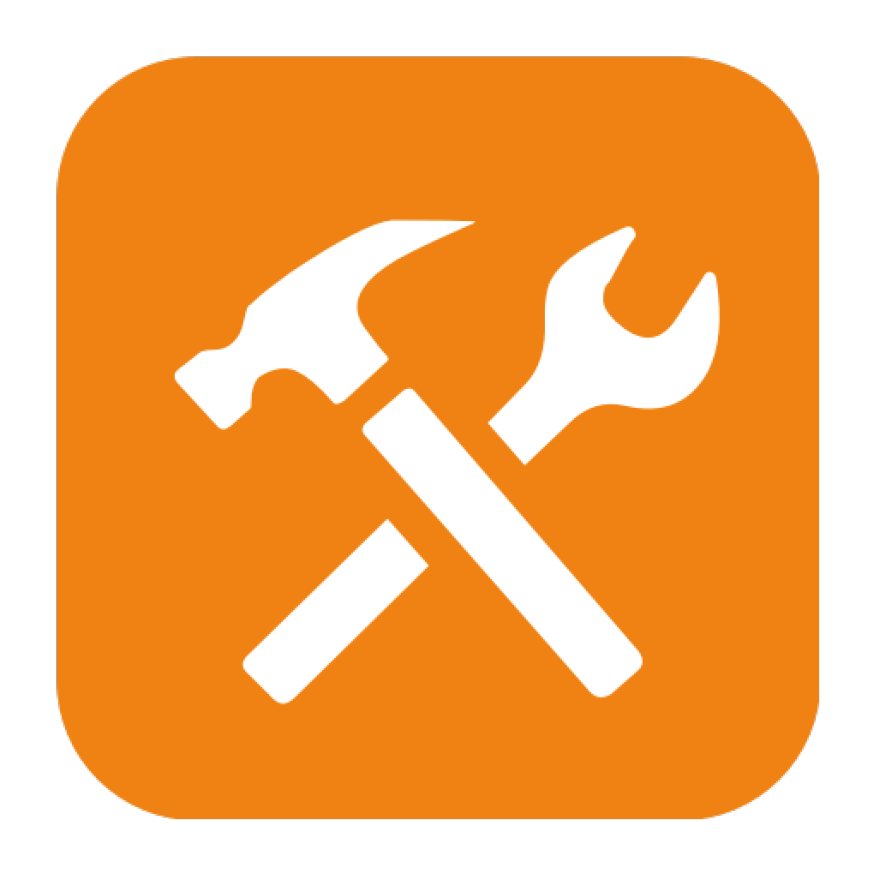
Developing decision-making tools
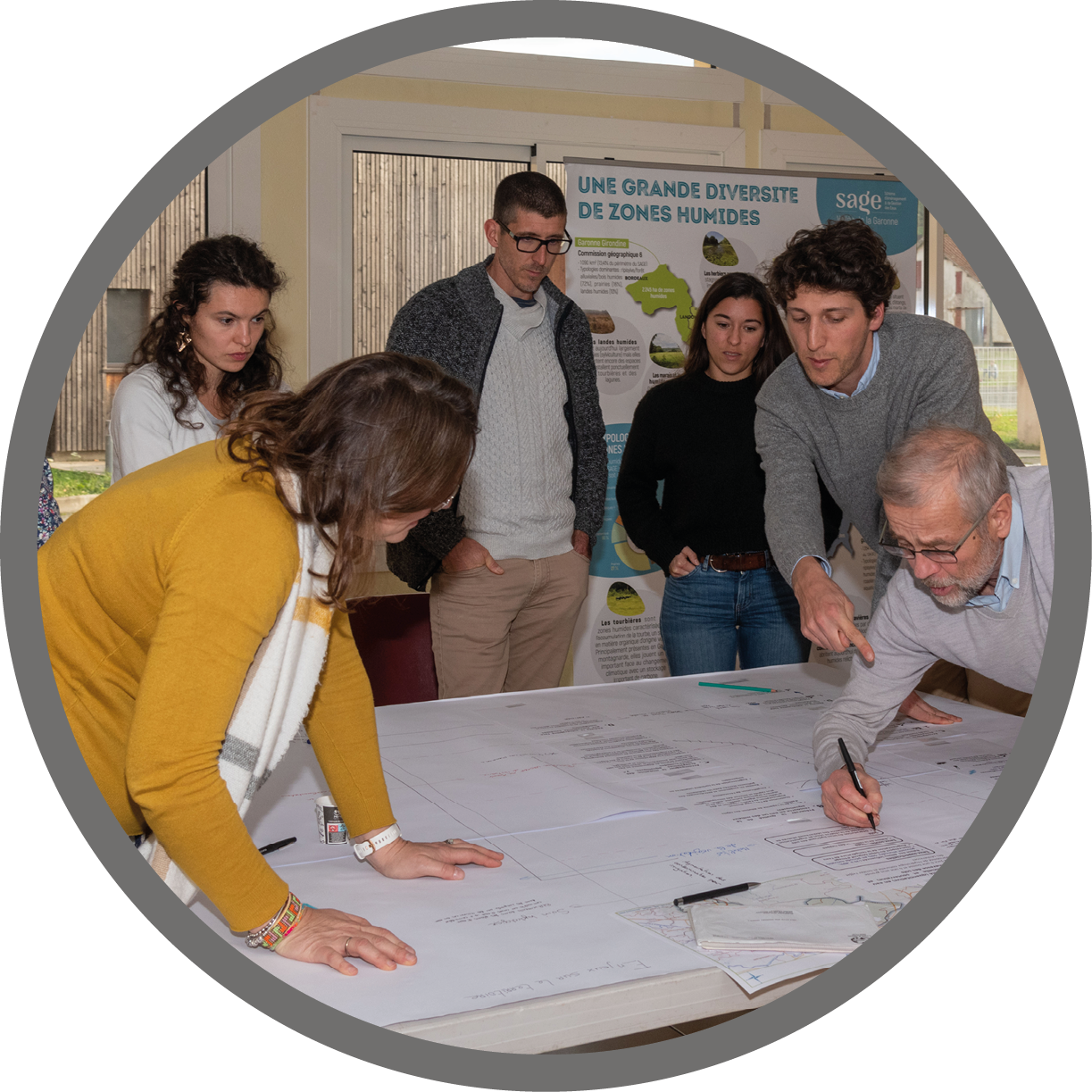 |
Diagnosis of the vulnerability of water uses and aquatic environments in the Garonne Valley
This work, carried out by the CLE as a direct result of the Garonne Valley SAGE, is part of the study on the socio-economic impact of climate change on water uses. Carried out by SMEAG on behalf of the CLE, the diagnosis was based in particular on extensive consultation, including two workshops bringing together local stakeholders from the 6 geographical commissions of the SAGE. |
 |

Facilitating the mobilisation of local stakeholders
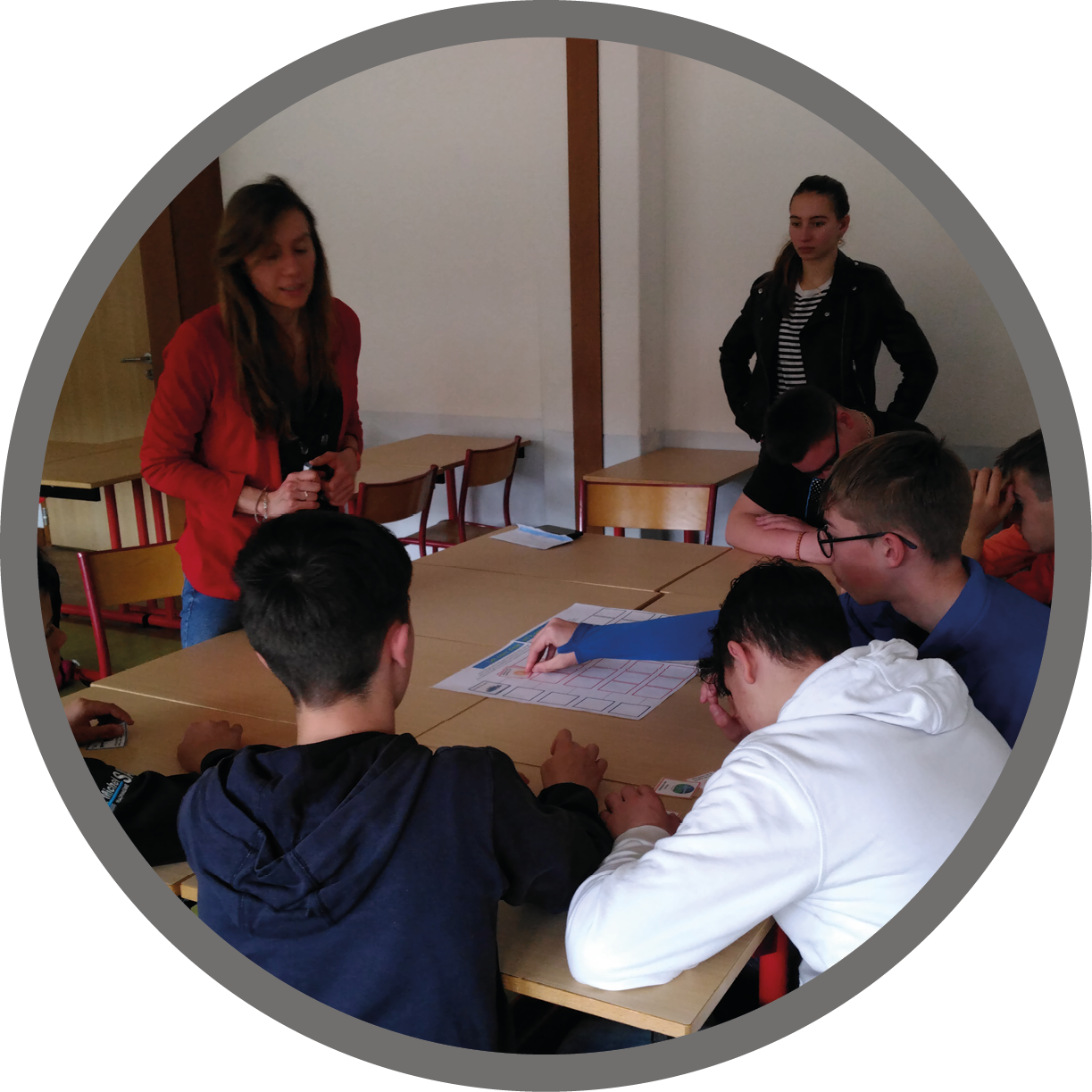 |
World Water Days 2022 and 2023 at an agricultural college
In March 2022 and 2023, the EPAGE Loire Lignon took part in workshops and conferences organised for World Water Day by the Georges Sand agricultural high school in Yssingeaux (43). The aim of these days was to raise awareness among secondary school pupils about water, trees, nature and the environment in general. |
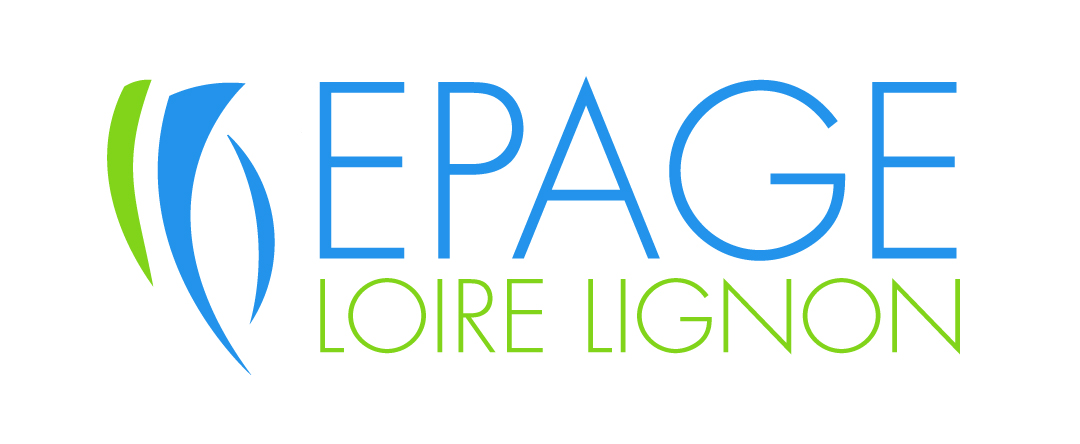 |
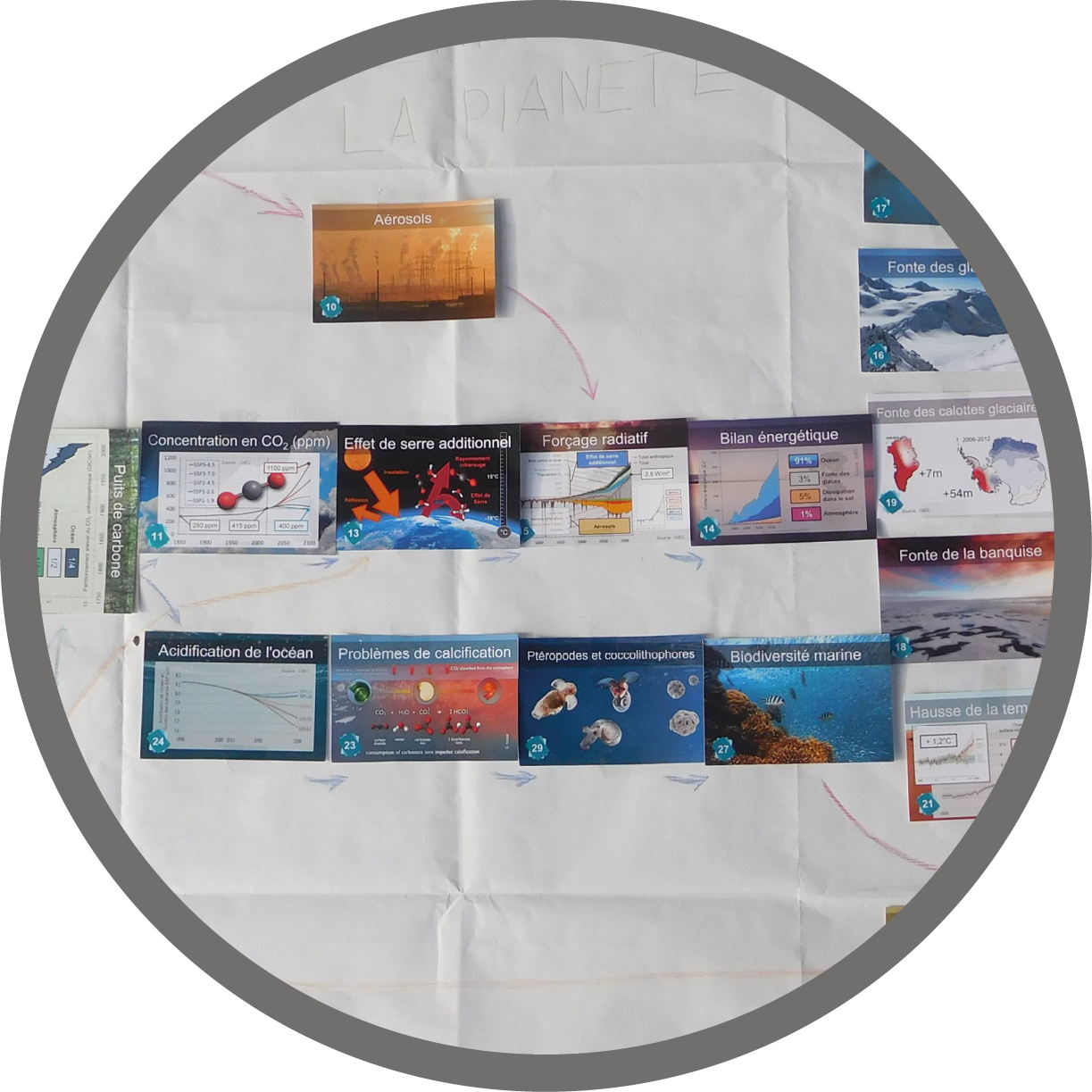 |
'Climate Fresco’ workshops
In July and August 2022, the EPAGE Loire Lignon organised half-days dedicated to the themes of water and climate change. These two workshops were held in conjunction with farmers' markets in Saint-Jeures (43) on 29 July and Saint-Romain-Lachalm (43) on 5 August. |
 |
 |
Escape game and riverside trail
For the Fête du Lignon 2023, an escape game on sustainable development was created, involving the unlocking of various padlocks from the pockets of a rucksack. And a trail made up of 7 panels, combined with a treasure hunt, was set up along the rivers in the market town of Tence (43). |
 |
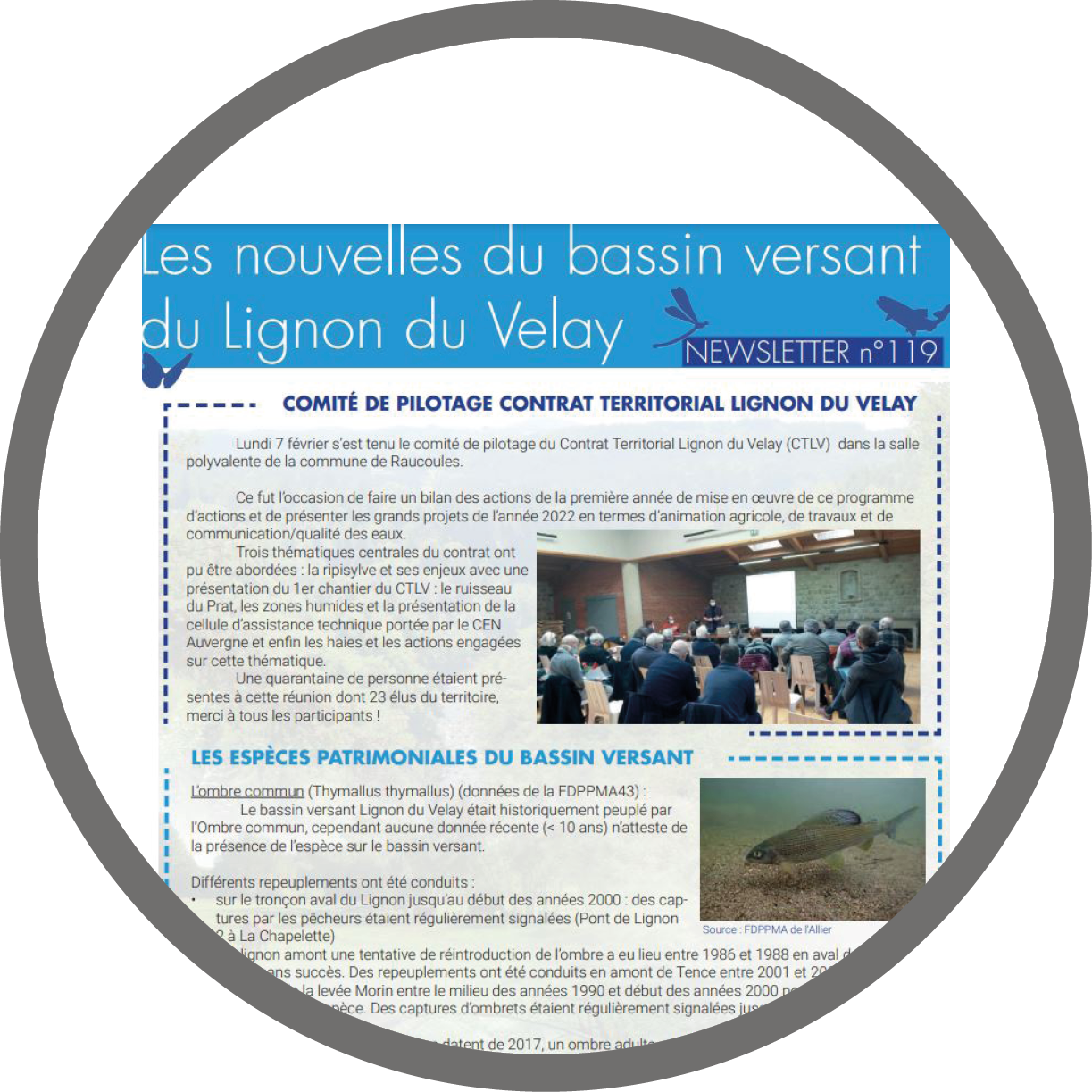 |
Writing a column on climate change
The EPAGE Loire-Lignon has produced a column on climate change in its newsletter ‘Les nouvelles du bassin versant Lignon du Velay’. In the 8 issues from February to September 2022, it contained an explanation of a word, notion or concept related to climate change. |
 |
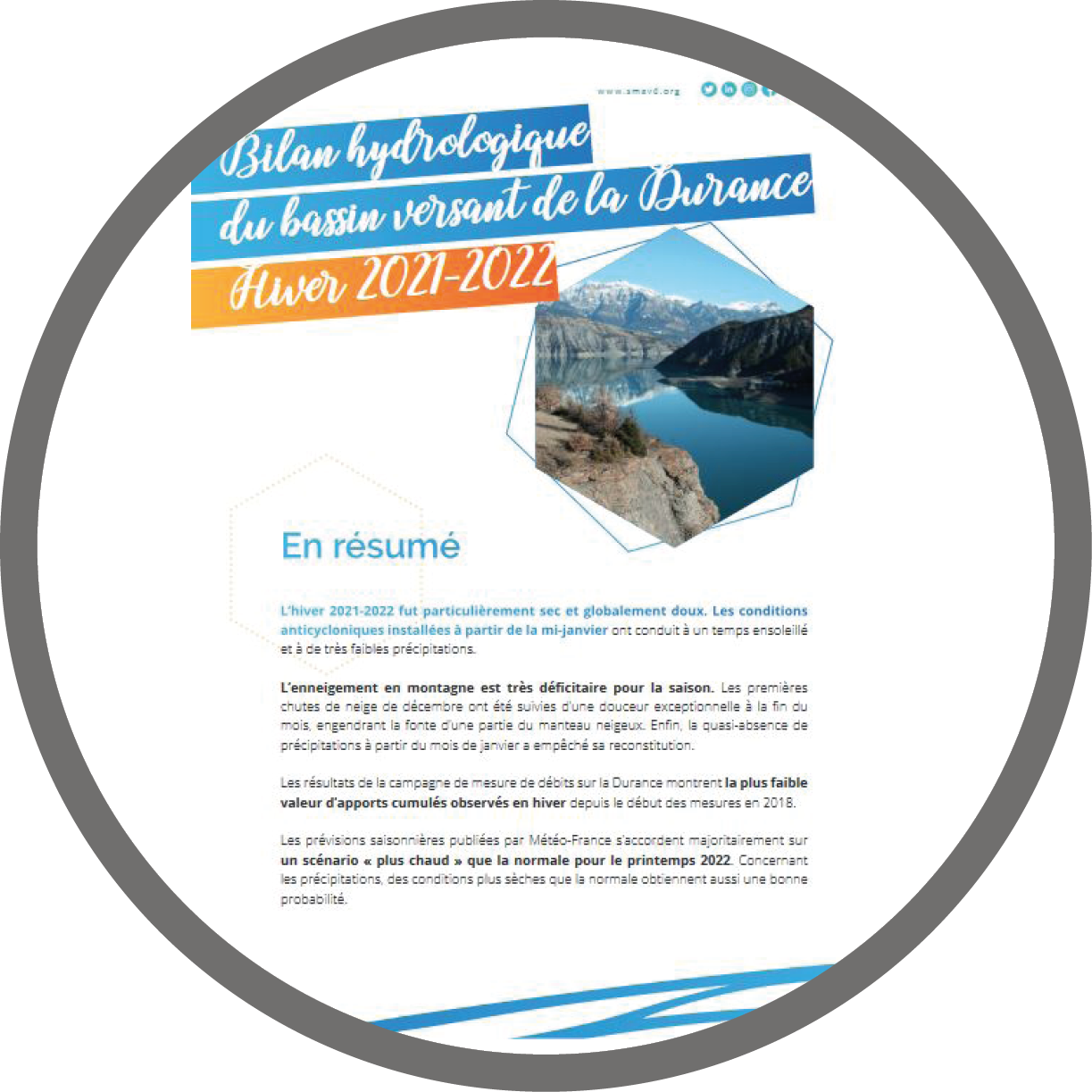 |
Hydrological balances for the Durance basin
Reports on the hydrology of the Durance basin : rainfall, temperatures, humidity, flows, snowfall, etc. for winter 2021-2022 (document and video) and summer 2022 (document). |
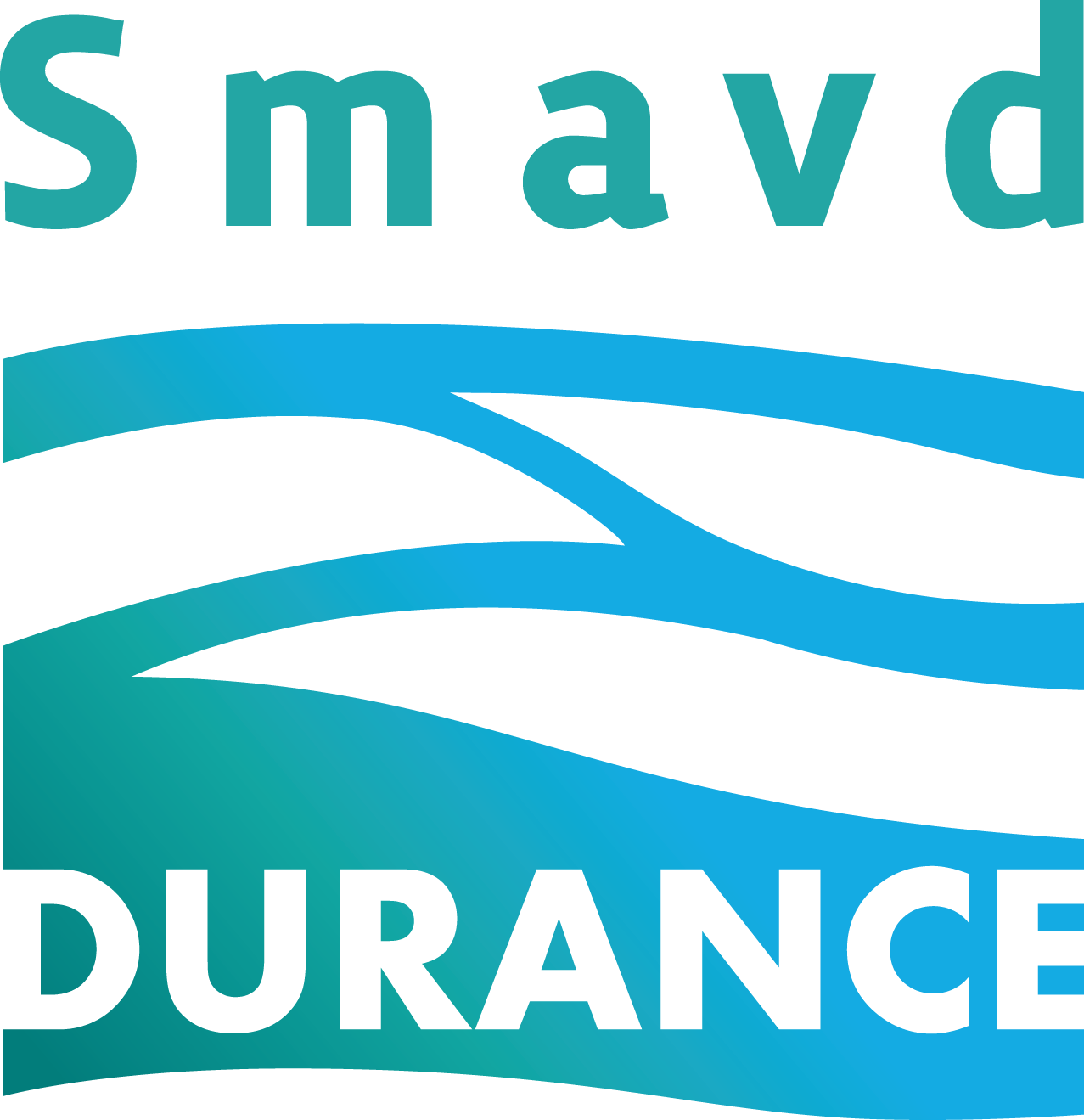 |
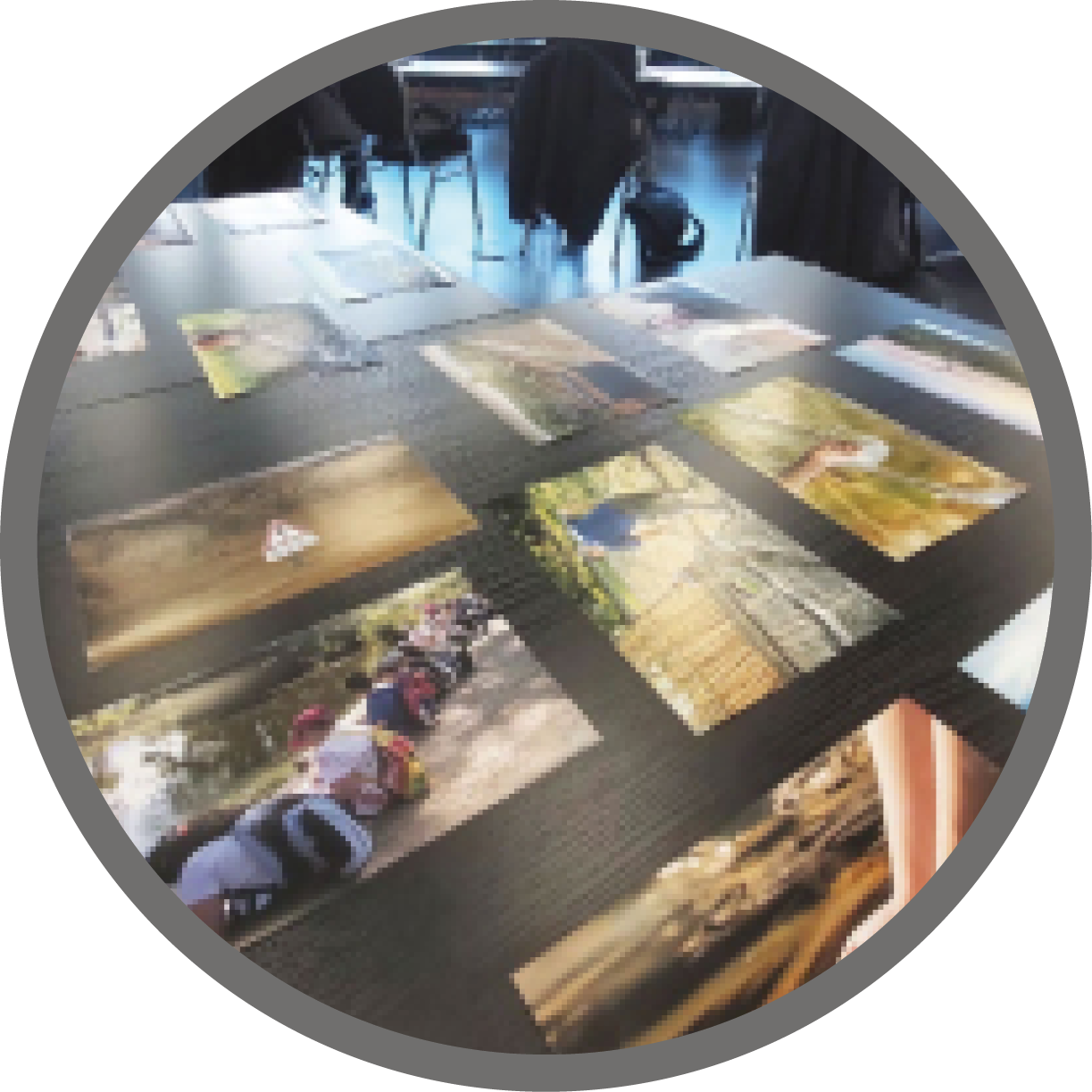 |
Meetings with photolangage
The SMAVD has set up meetings between elected representatives on the subject of water resources, using a photolanguage tool. Five meetings have been organised between 2022 and 2023, in the different areas of the Durance |
 |
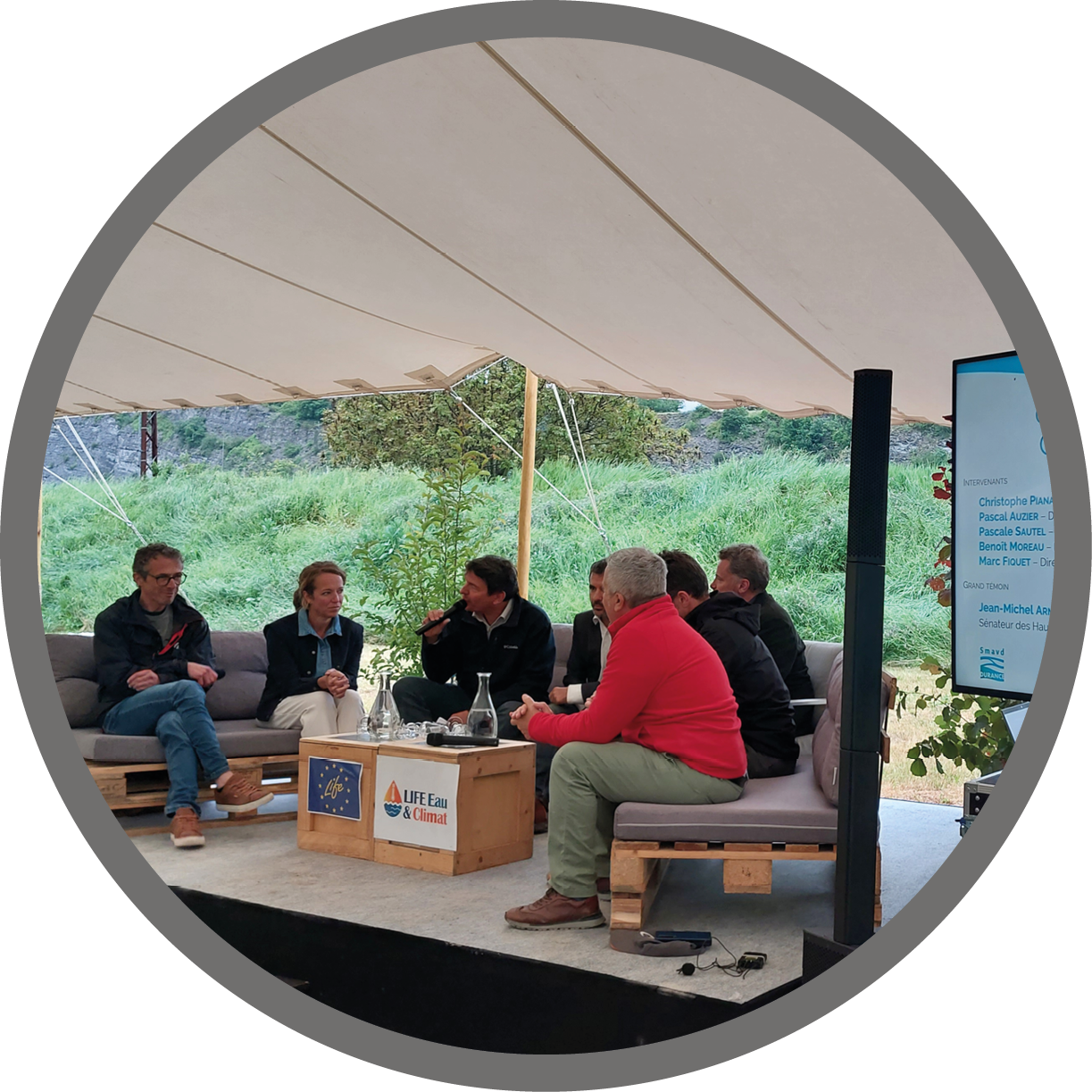 |
'Durance and climate change’ round tables
On 1 June 2024, the SMAVD organised two round tables on the theme of the Durance and climate change. These round tables were organised in conjunction with the 5th Fête de la Durance, a public event organised by the SMAVD that attracts several thousand visitors every year. |
 |
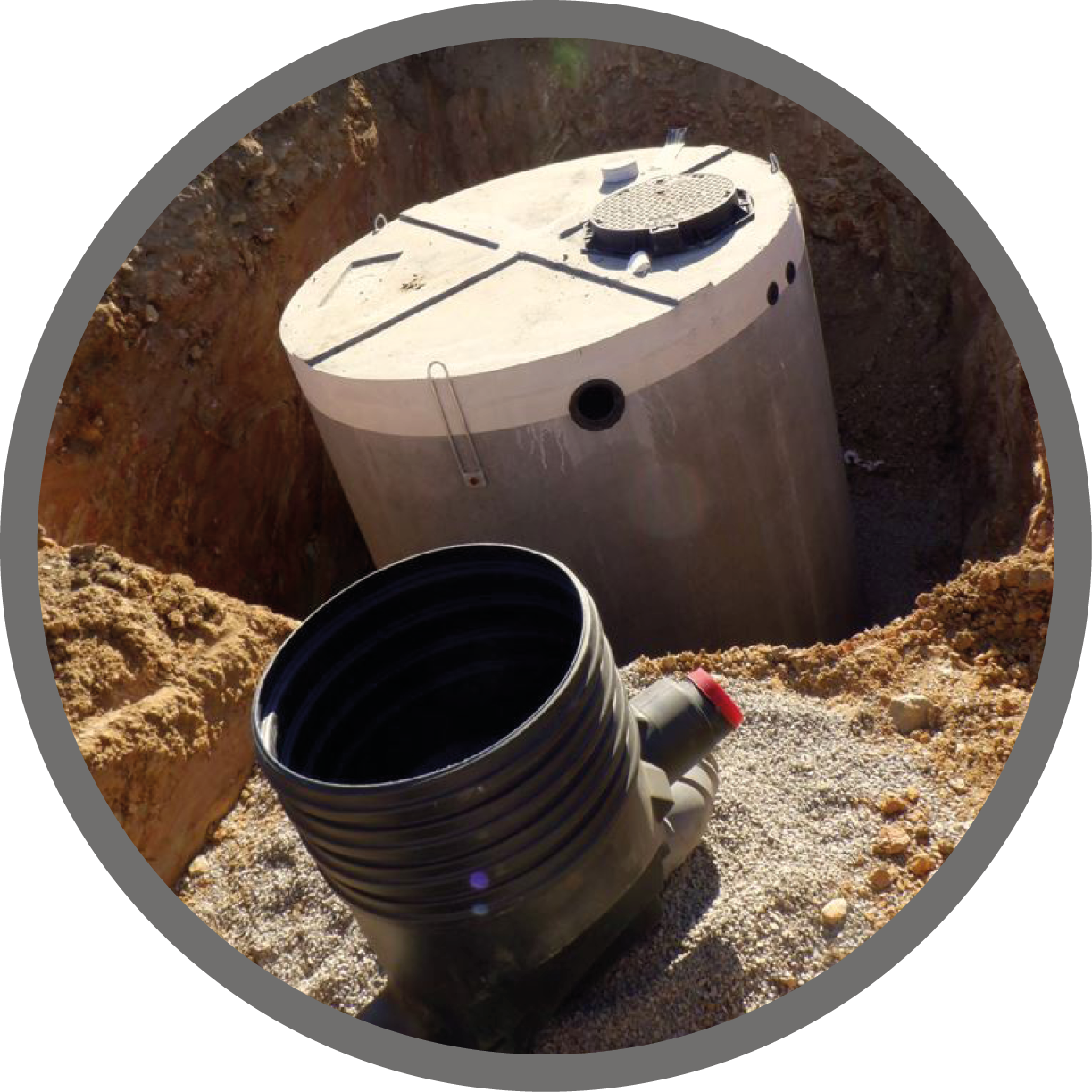 |
Installation of rainwater harvesters
14 rainwater harvesters have been installed in the commune of Quézac (15). The installation of the tanks is part of an integrated water management system for the eco-village of Quézac. |
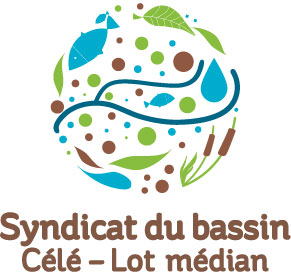 |
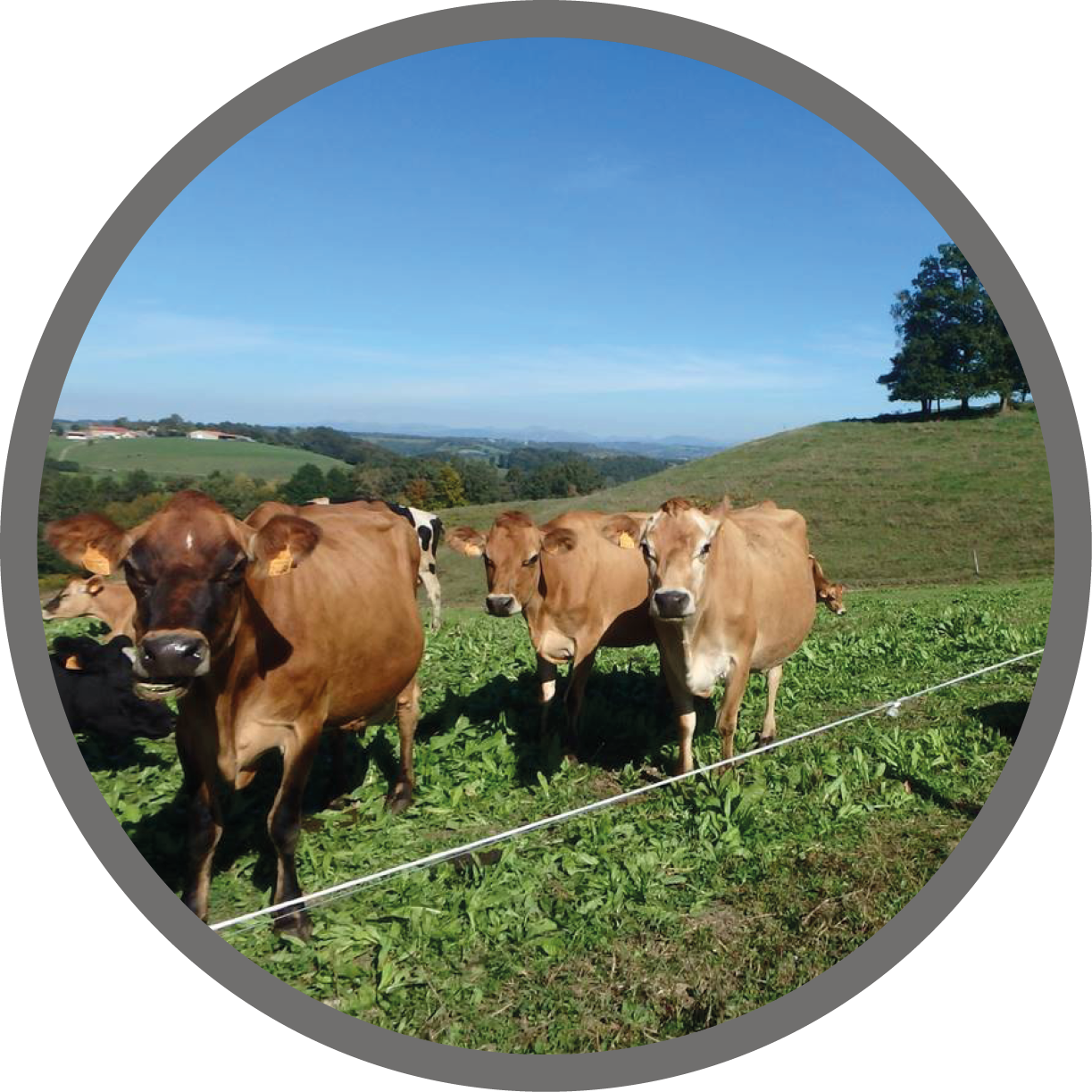 |
Study on adapting livestock farming in the Célé basin to climate change
A diagnostic study was carried out on several farms in the Célé basin. It is based on indicators describing the farms and their environment. A simulation phase of changes in practices with low, medium and high ambitions for 2030 and 2050 is currently underway. |
 |
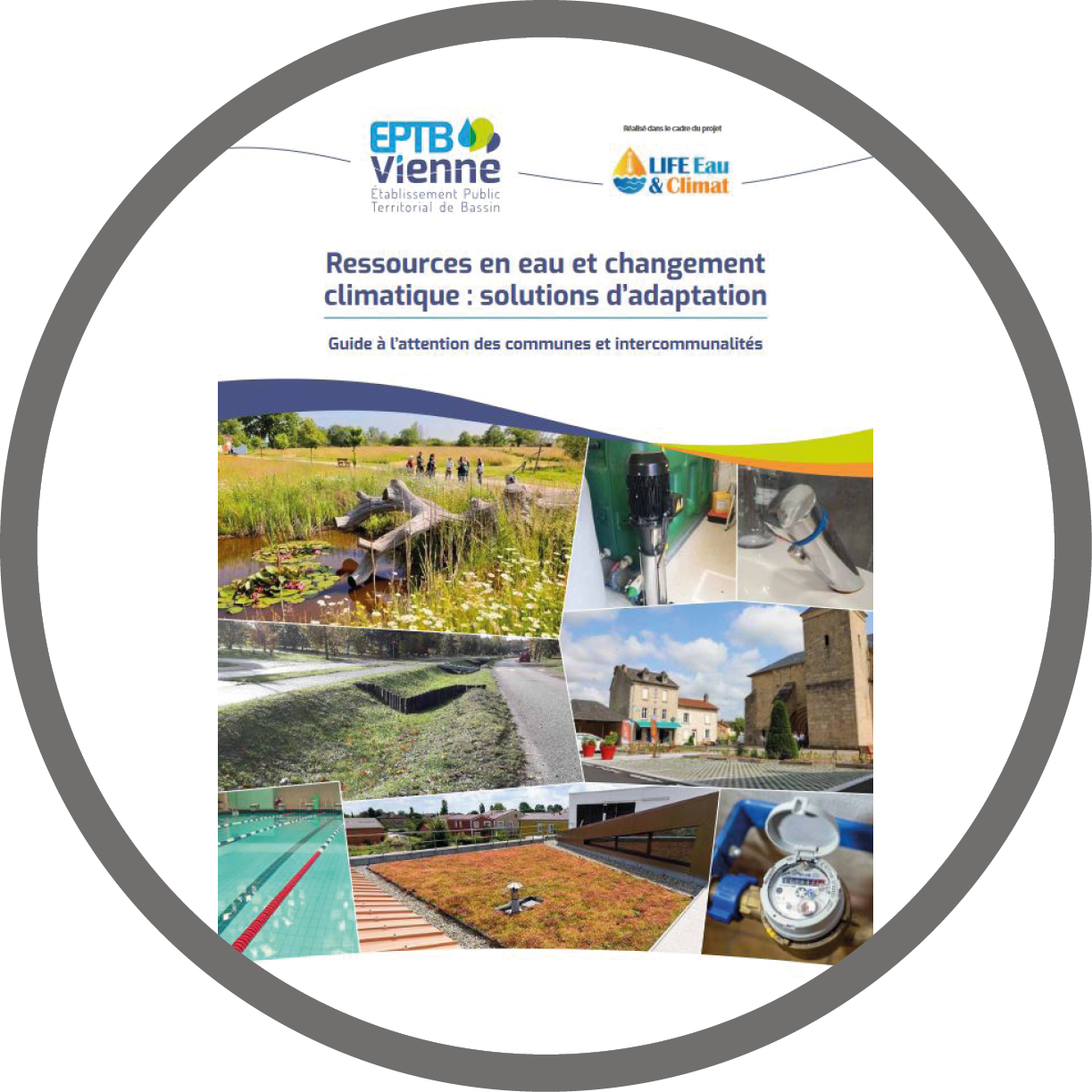 |
'Water resources and climate change: adaptation solutions’ guide
This guide presents the effects of climate change on water resources in the Vienne basin. It also proposes action sheets for municipalities and inter-municipalities to limit the impact of climate change on water resources. |
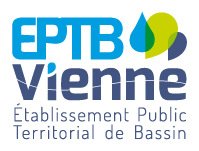 |

Improving access to hydro-climatic data
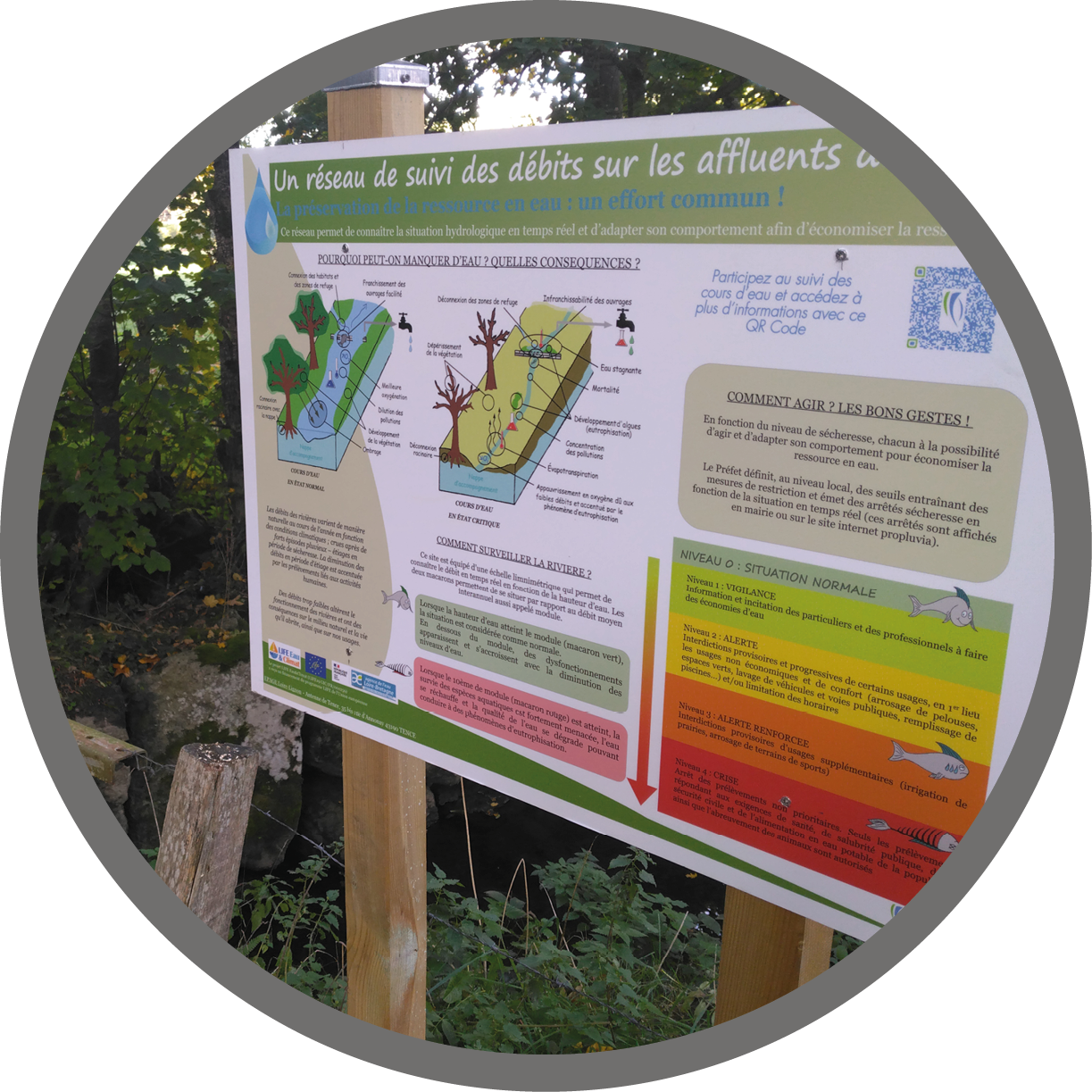 |
Installation of equipment to monitor river water levels in the Lignon du Velay catchment area
The equipment installed at 6 sites includes a limnimetric scale, two markers to situate the height of water observed in relation to the average flow of the river, a thermal probe and an information panel. |
 |
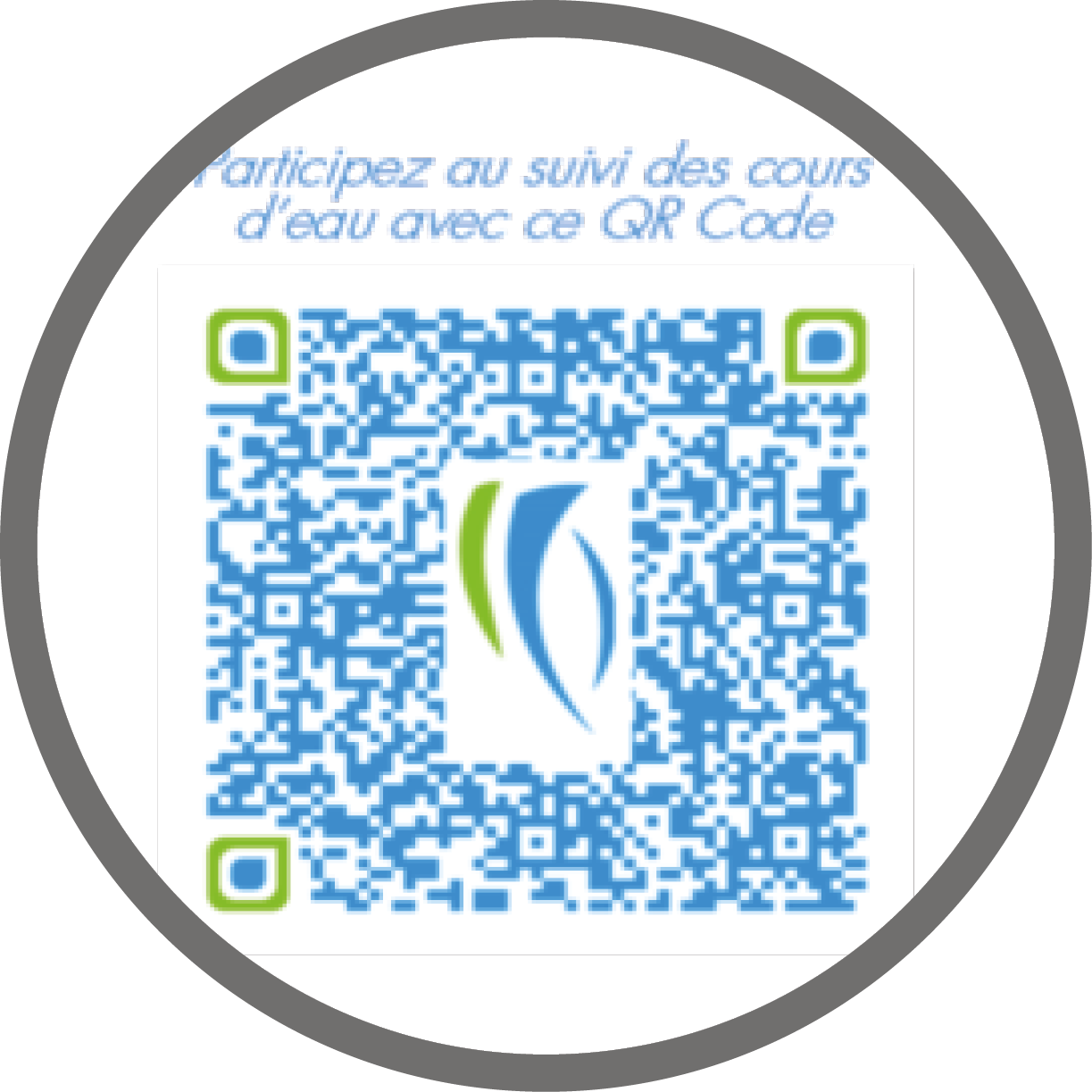 |
Participatory monitoring of water levels in the Lignon catchment area
To complement the installation of the equipment, a participatory flow monitoring system has been set up. A QR code on the information panels provides access to an online form that allows users to enter the water level read on the gauge and submit a photo. Local residents have been informed by letter of the existence of this system. |
 |
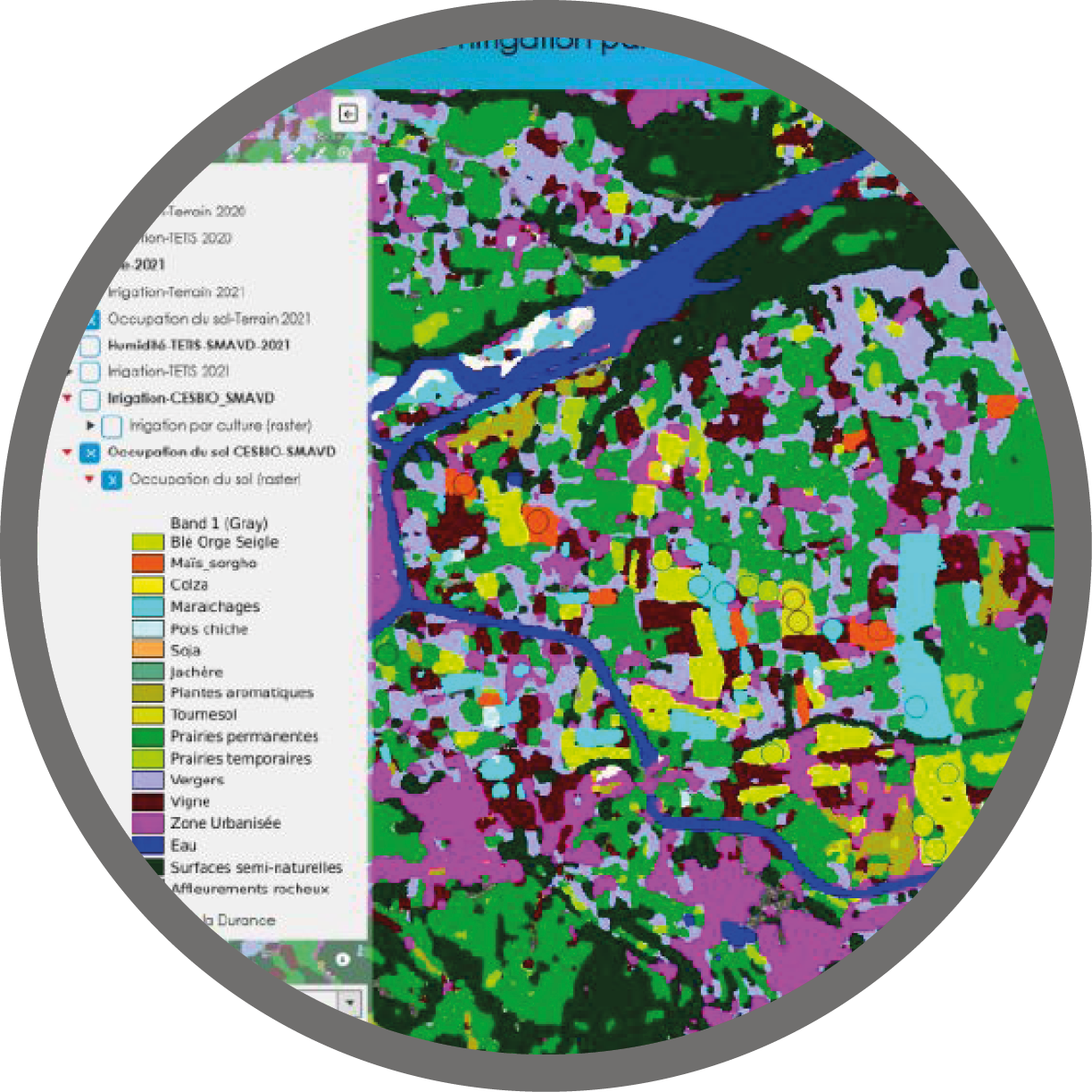 |
Mapping irrigated areas in the Durance using remote sensingThe SMAVD has carried out a study on several pilot territories in the Durance catchment area to obtain a map of irrigated areas using remote sensing. These results constitute a set of reference data on crops and irrigation within the framework of the Durance SAGE. They feed into the C3PO integrated resource-use modelling tool to refine the estimation of irrigation needs. |  |
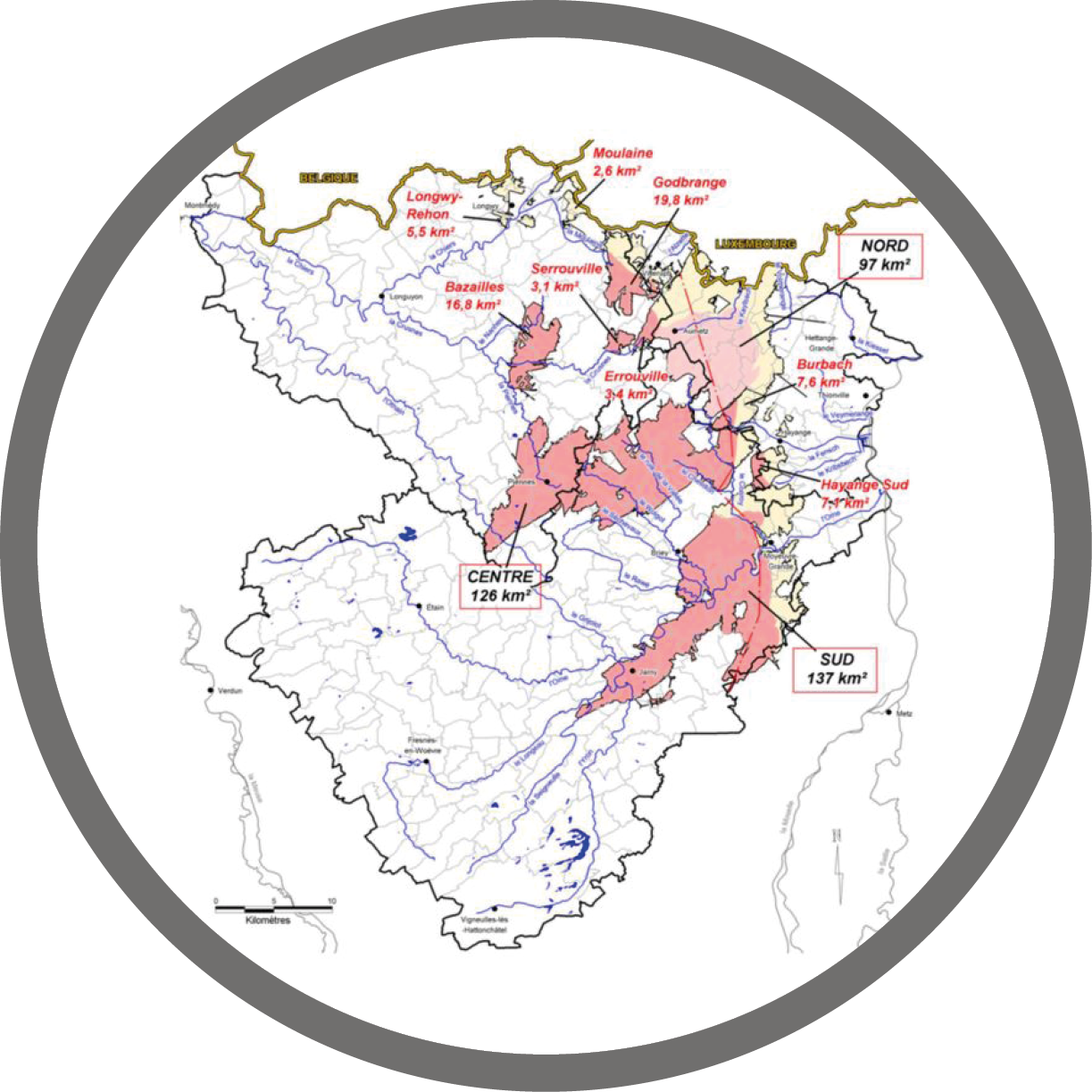 |
Preparatory work for the setting up of a citizen observatory on the effects of climate change on water resources at the level of the Bassin Ferrifère SAGE.
The Grand Est Region is developing a citizens' observatory to monitor the impact of climate change on water resources. The first part of this work involved identifying the issues linked to the effects of climate change on water resources, the data to be monitored and the players working on this issue. |
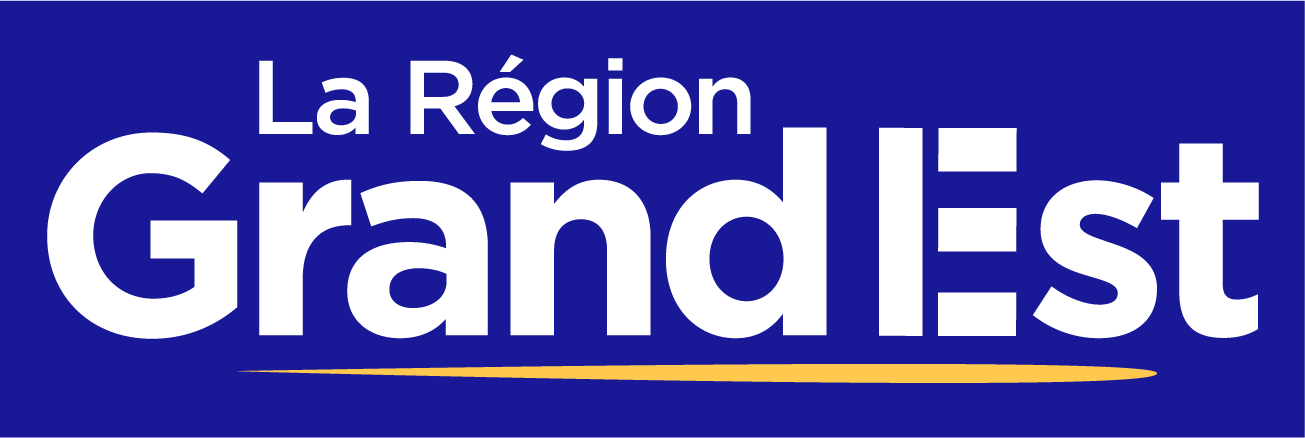 |
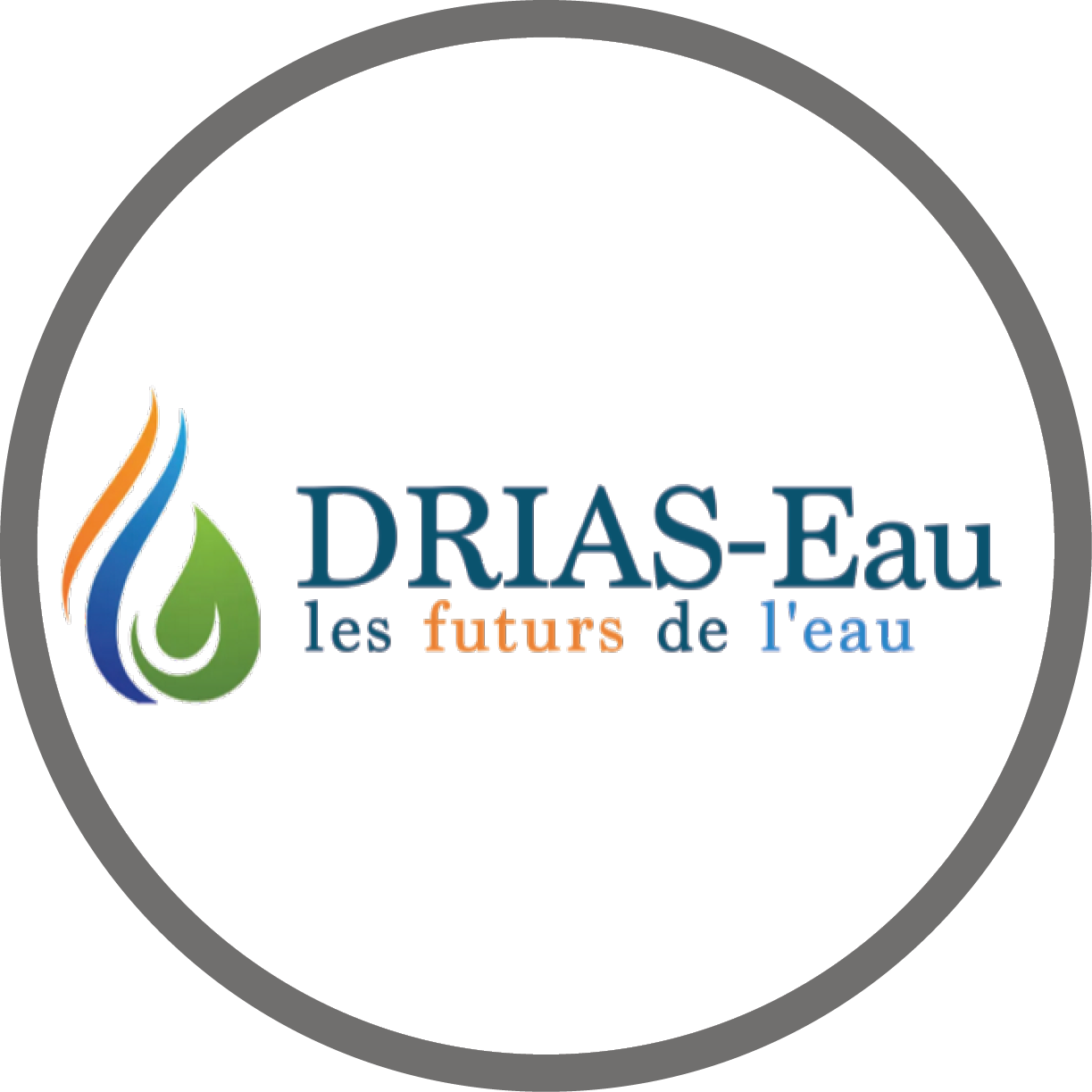 |
Feedback on the use of DRIAS data in a study of the Vienne river basin
Feedback on the use of DRIAS data for the prospective study on climate change and its effects on water resources in the Vienne basin. |
 |
 |
Feedback on the use of DRIAS-2020 data in a study on the Garonne Valley SAGE territory
Feedback on the use of data from DRIAS-2020 to carry out a vulnerability assessment of water uses and aquatic environments in the Garonne Valley. |
 |

Strengthening knowledge transfer and exchanges between researchers and managers
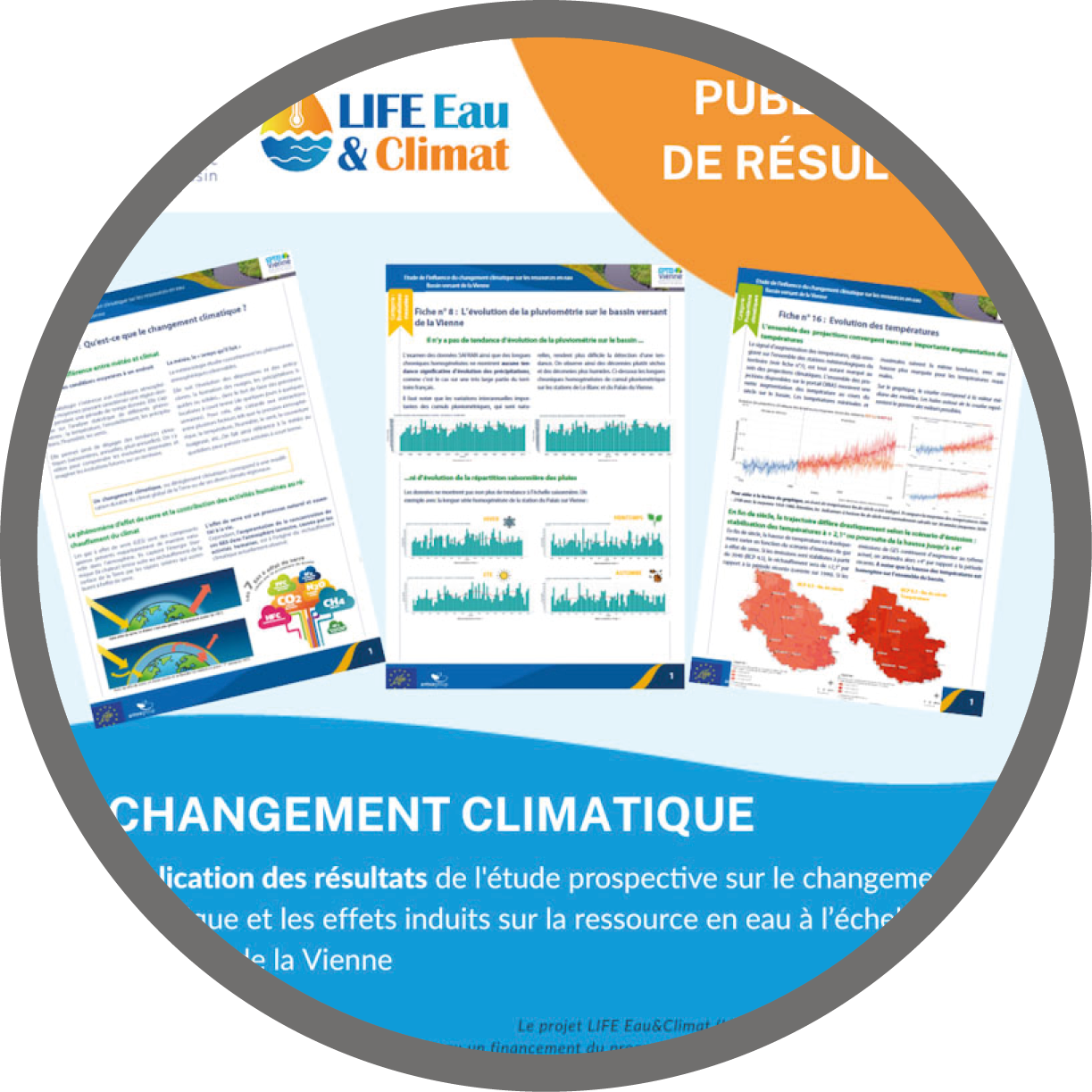 |
Prospective study on climate change and its effects on water resources in the Vienne basin
The EPTB Vienne has commissioned a prospective study on the effects of climate change on water resources in the Vienne basin in 2050 and 2100. The results of the study are set out in 22 summary sheets that present climate trends in the basin and projections for 2050 and beyond. |
 |
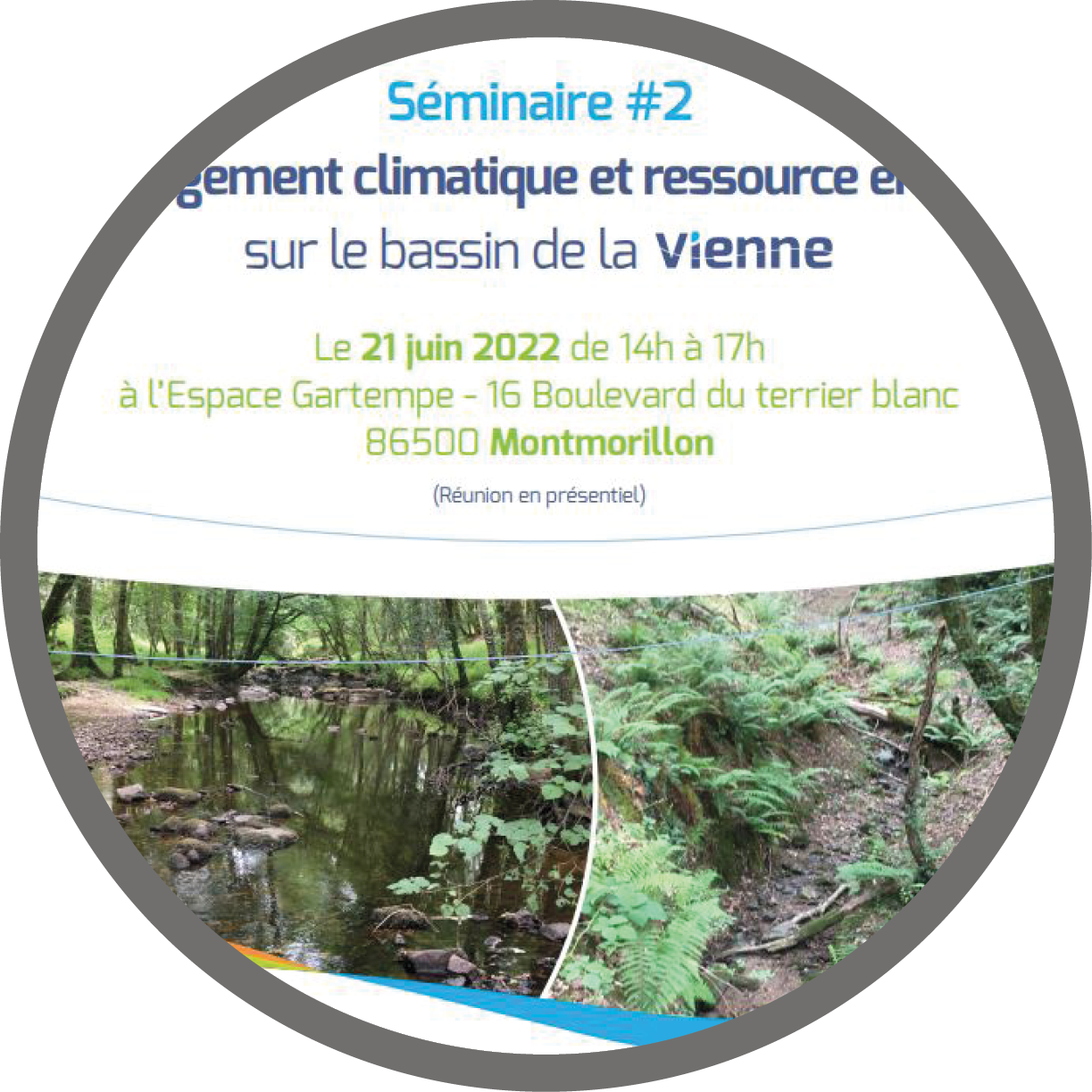 |
'Water and climate’ seminars
The EPTB Vienne has commissioned a prospective study on the effects of climate change on water resources in the Vienne basin in 2050 and 2100. The results of the study are set out in 22 summary sheets that present climate trends in the basin and projections for 2050 and beyond. |
 |
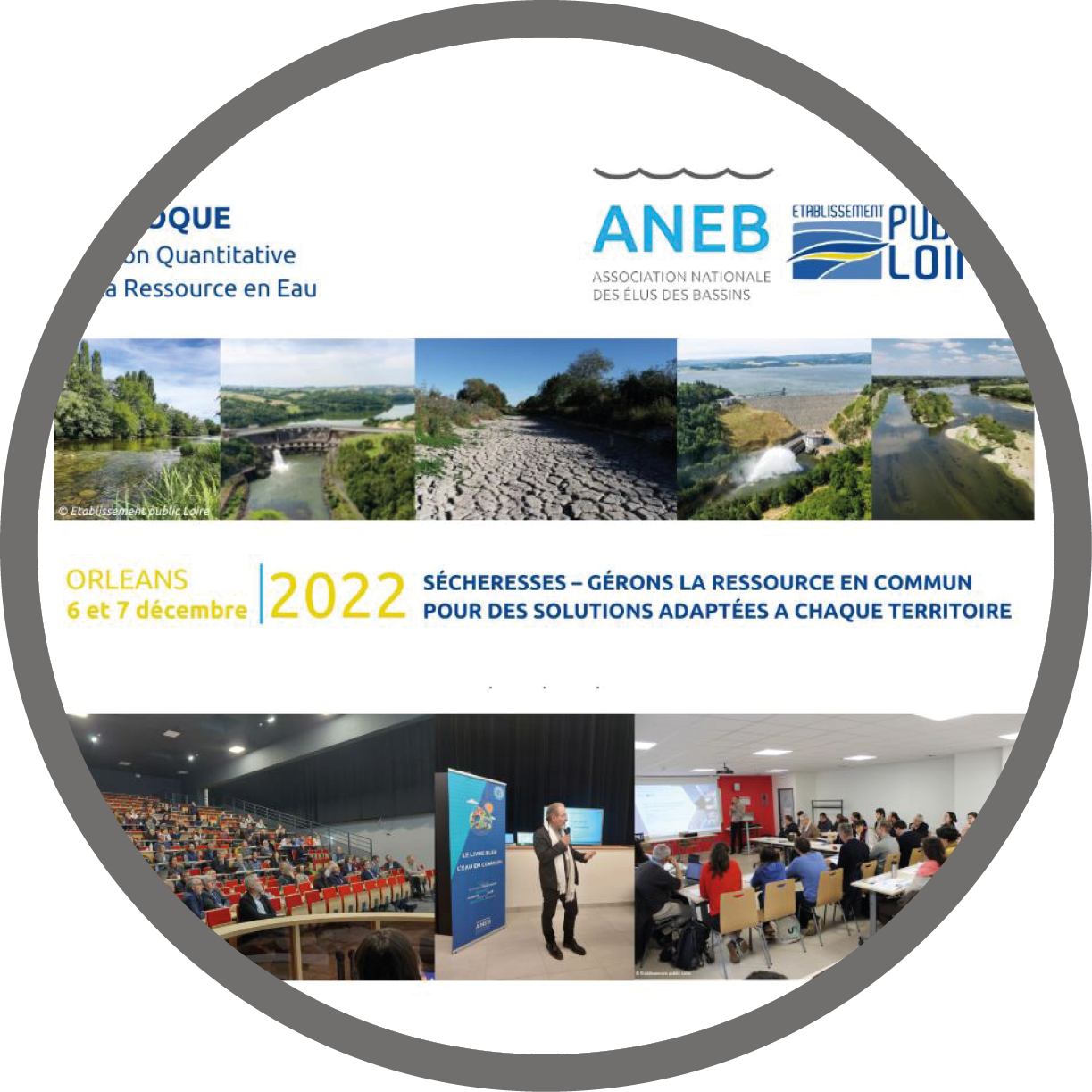 |
Exchange days
On 8 November 2022, EP Loire, and more specifically the Yèvre-Auron SAGE, was a partner in the Rendez-vous de l'eau Bourges plus. Find out more... |
 |
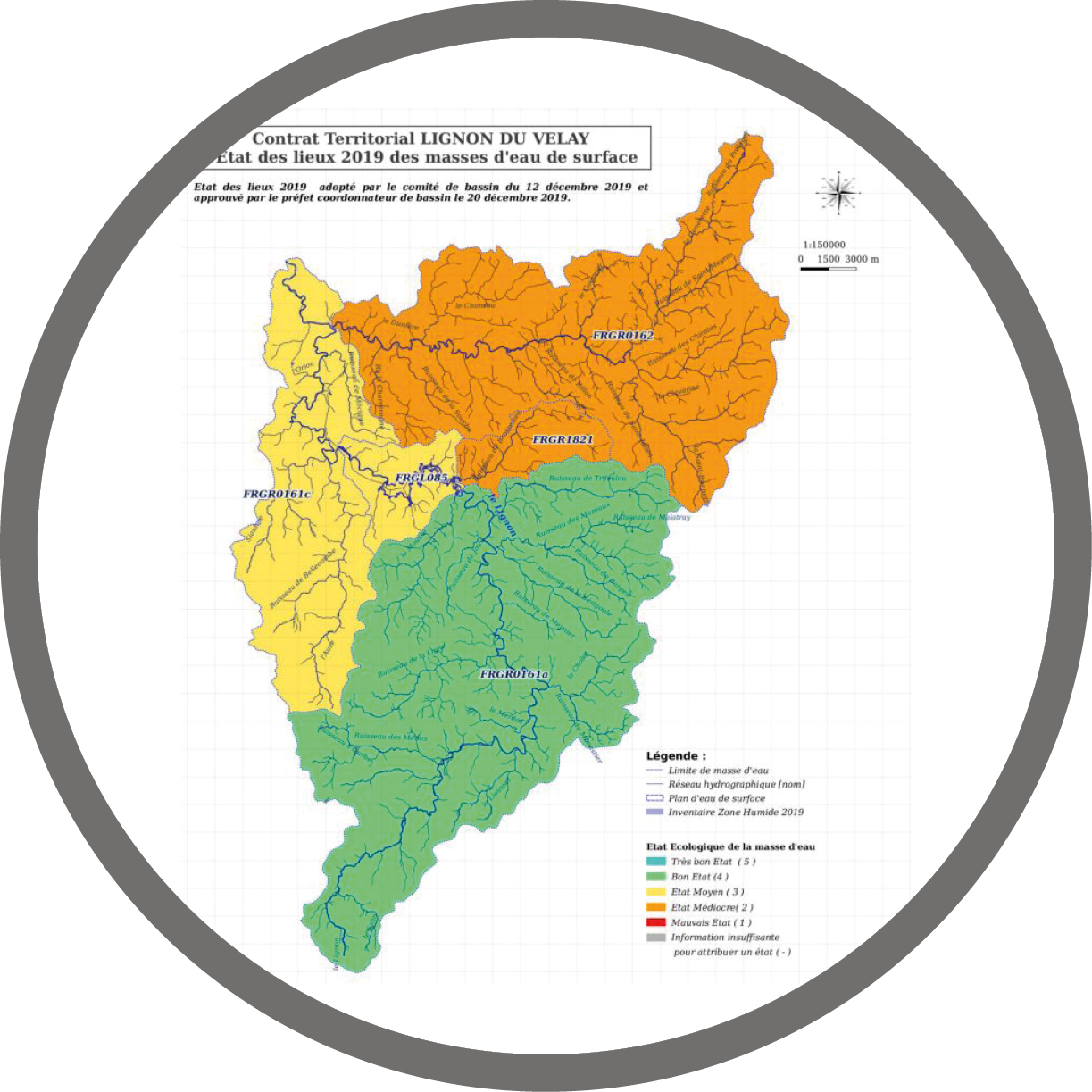 |
HMUC study of the Lignon catchment area
The purpose of the Hydrology, Environments, Uses and Climate study of the Lignon du Velay SAGE is to update and complete the knowledge and shared diagnosis of quantitative management. The study is underway, and the terms of reference are available. |
 |
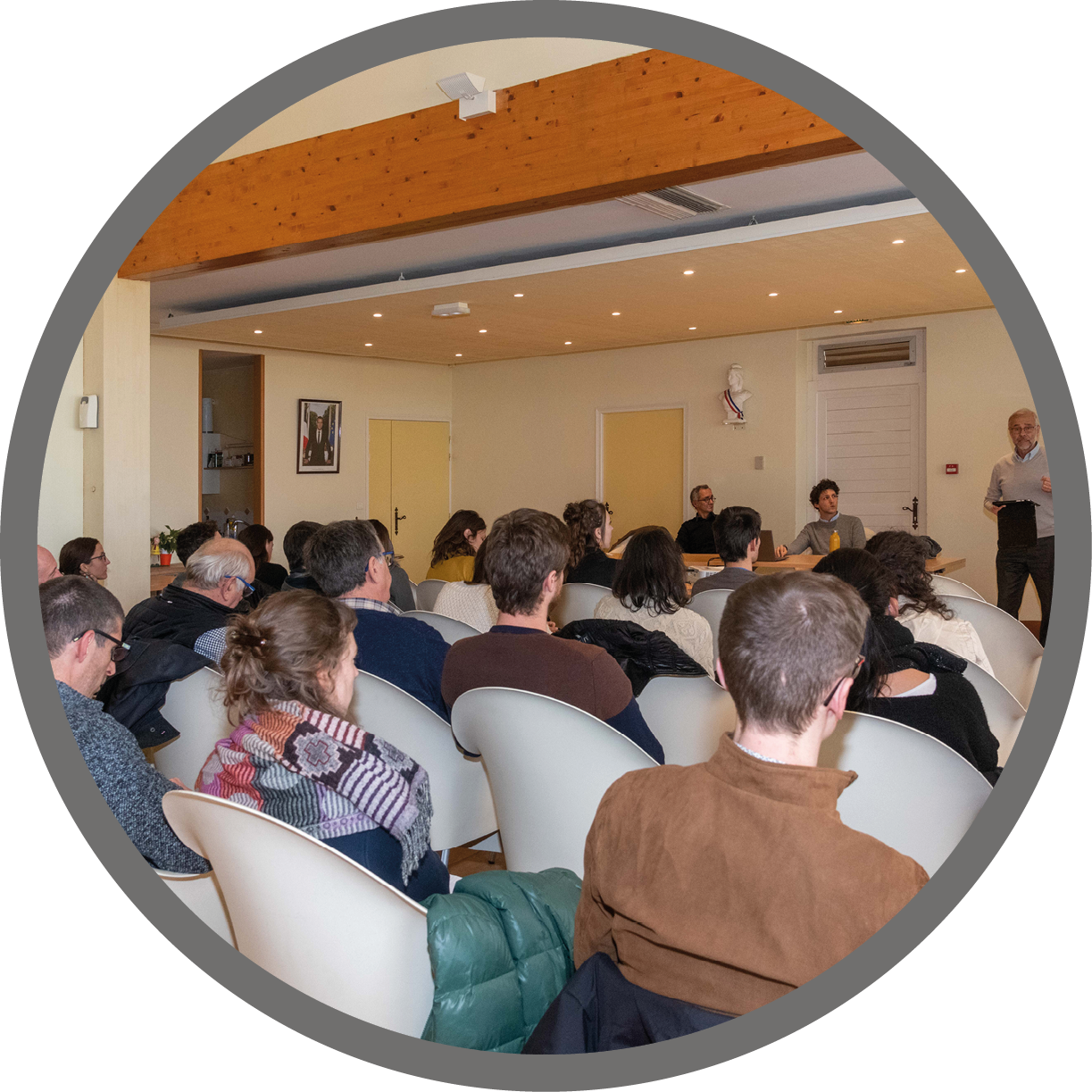 |
Consultation workshops (socio-economic study)
Two consultation workshops bringing together local stakeholders from the geographical commissions of the Garonne Valley SAGE were held as part of the study on assessing the socio-economic impacts of climate change on water uses. They were held on 29 November and 1 December 2022 in Portet-sur-Garonne (31) and Fourques-sur-Garonne (47) respectively. |
 |
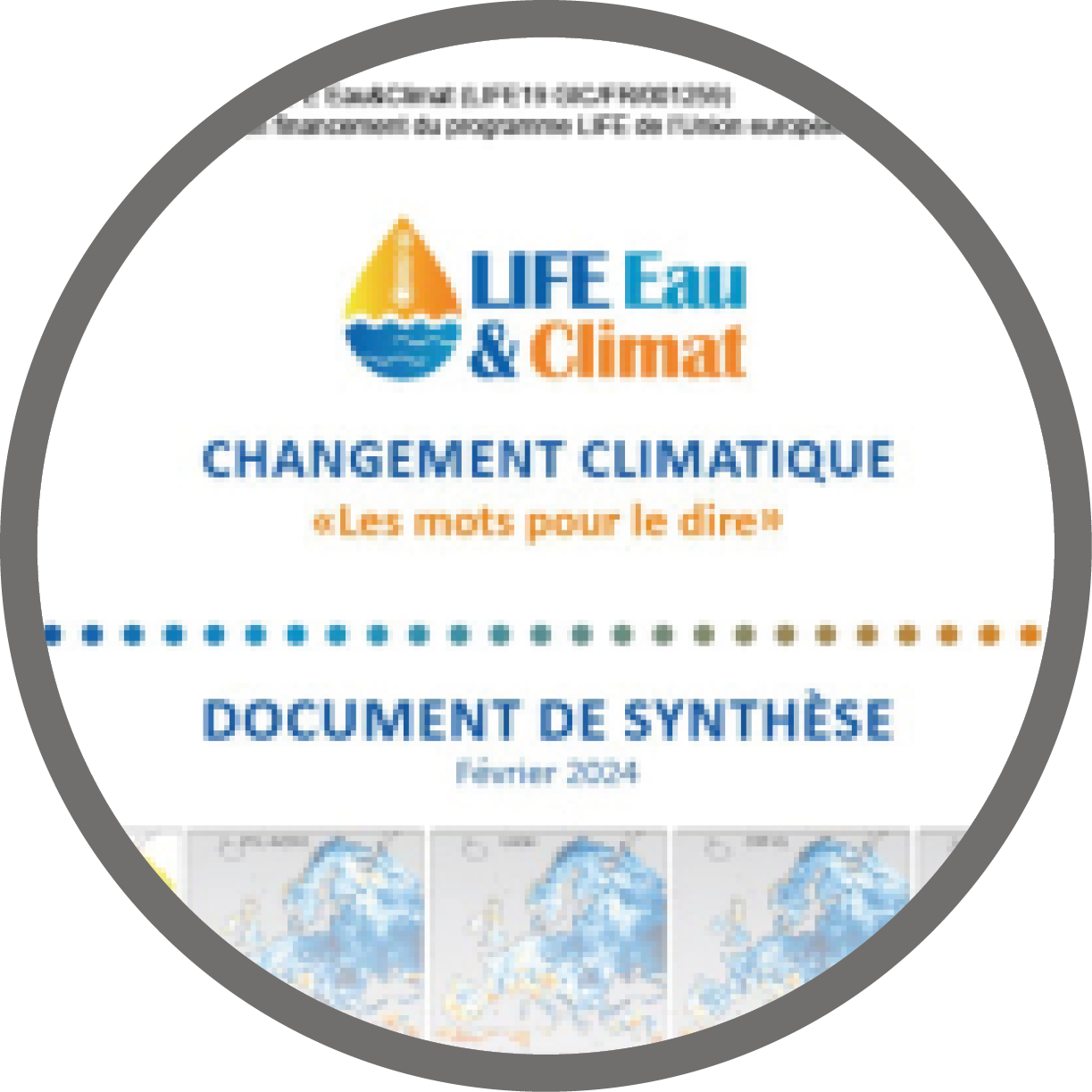 |
‘Les mots pour le dire": explanation of a number of concepts relating to climate change
INRAE offered training to the partners in the LIFE Eau&Climat project to improve their understanding of climate change. The SMAVD has summarised the training sessions to enable other players working on water resource and climate change issues to get to grips with these issues. |
  |
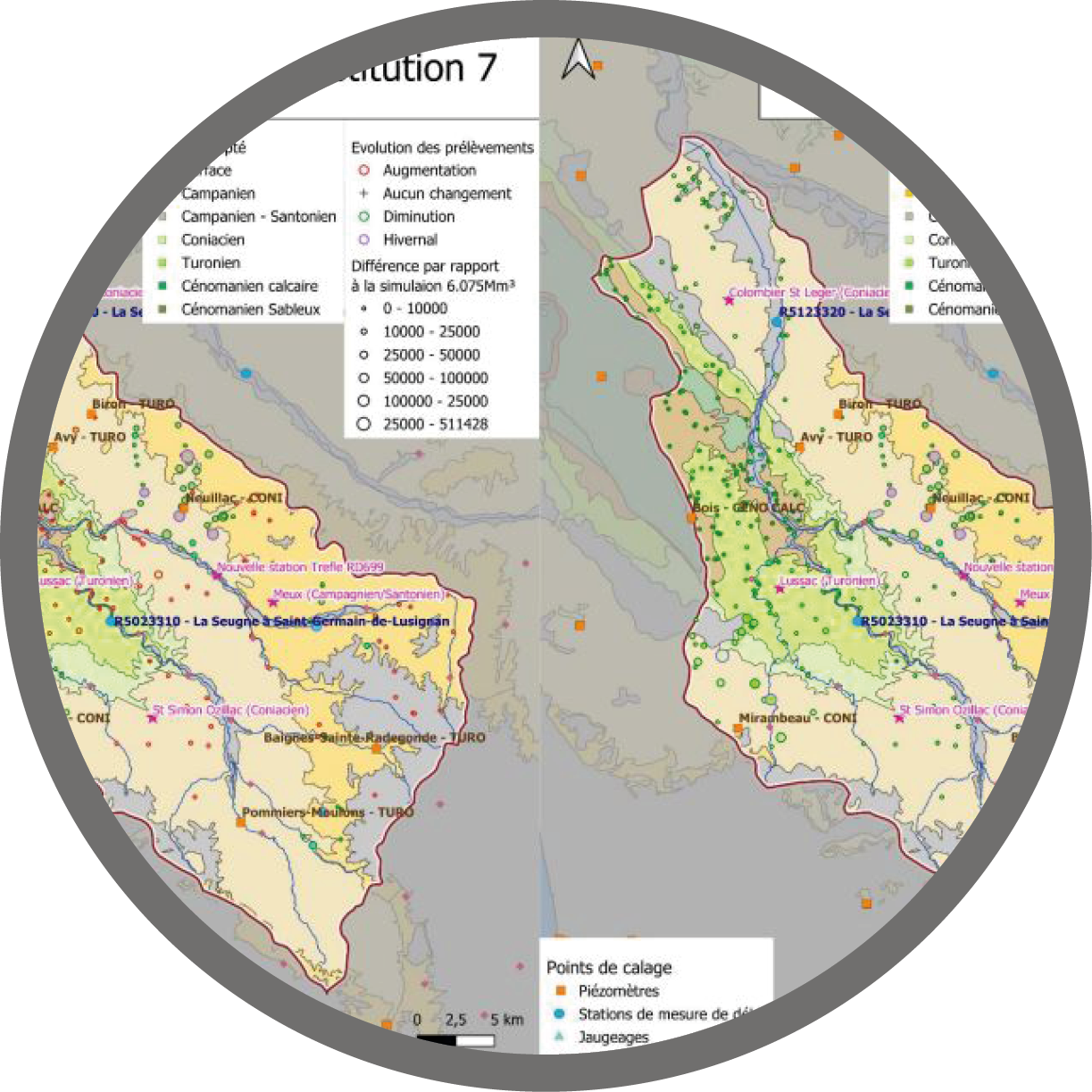 |
Prospective study of the impact of water abstraction and climate change on water resources in the Seugne basin
This study provides information on the impact of different water use scenarios (current situation, saving, substitution) and different climate change scenarios on the rivers and groundwater in the Seugne basin. On 27 June 2024, the results of the hydrogeological modelling were presented to the Comité de territoire. |
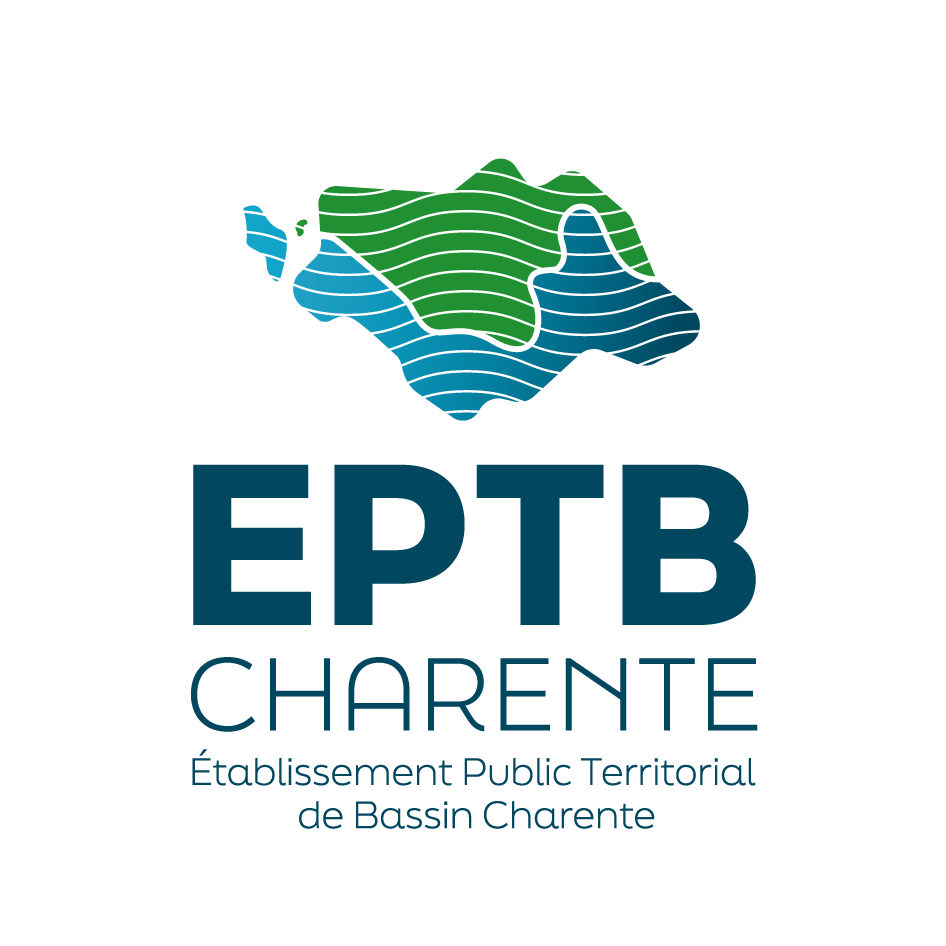 |
ENSURING THE REPLICABILITY AND TRANSFERABILITY OF RESULTS
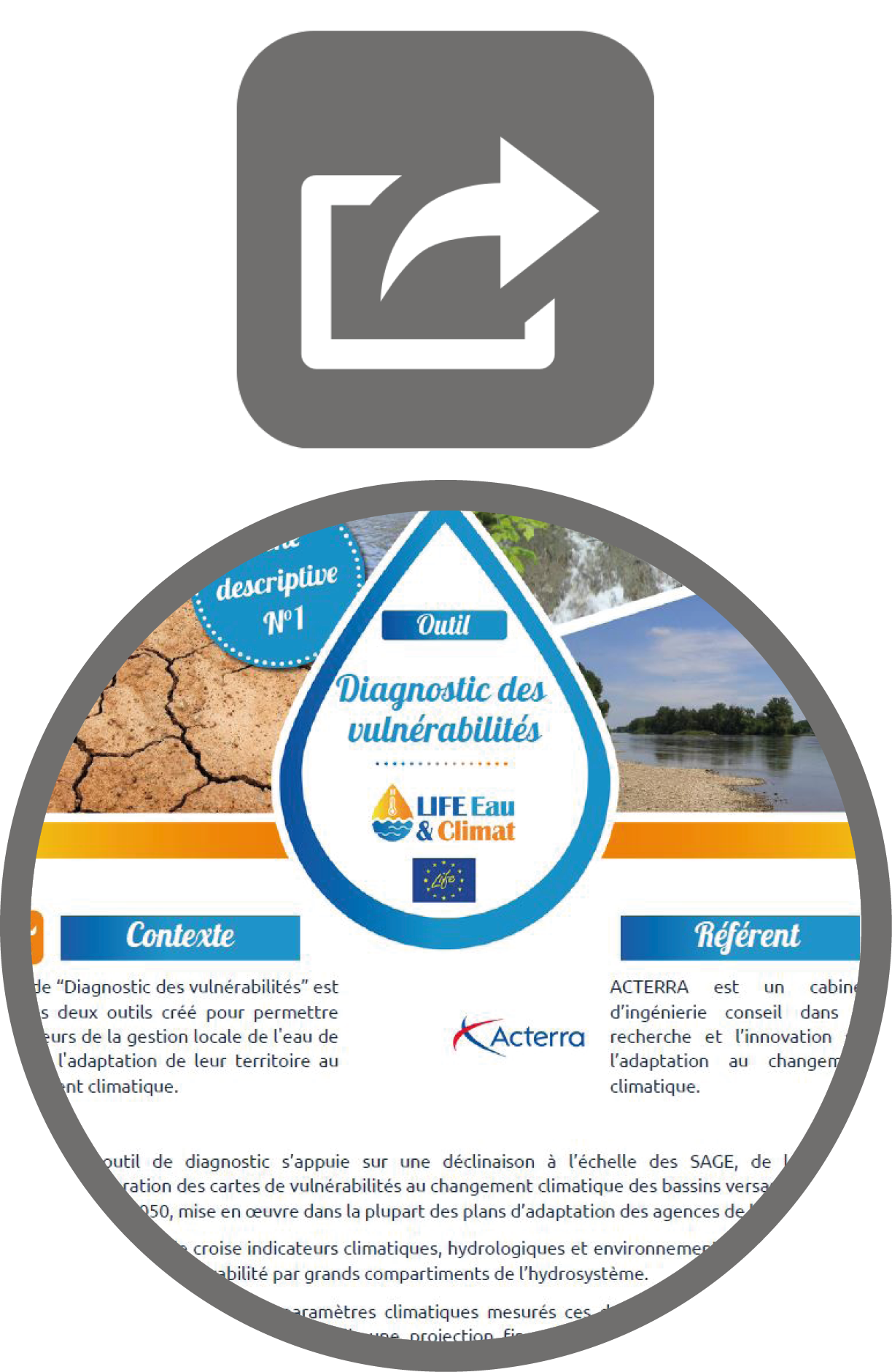 |
Description of the main results
These sheets summarise the main tools and experiments developed as part of the LIFE Eau&Climat project. They provide an understanding or reminder of the context, objectives and method used. They provide an overview, and it is then possible to go into more detail on one of the subjects, either by consulting the link to the tool or by sending an e-mail to the contact person. |
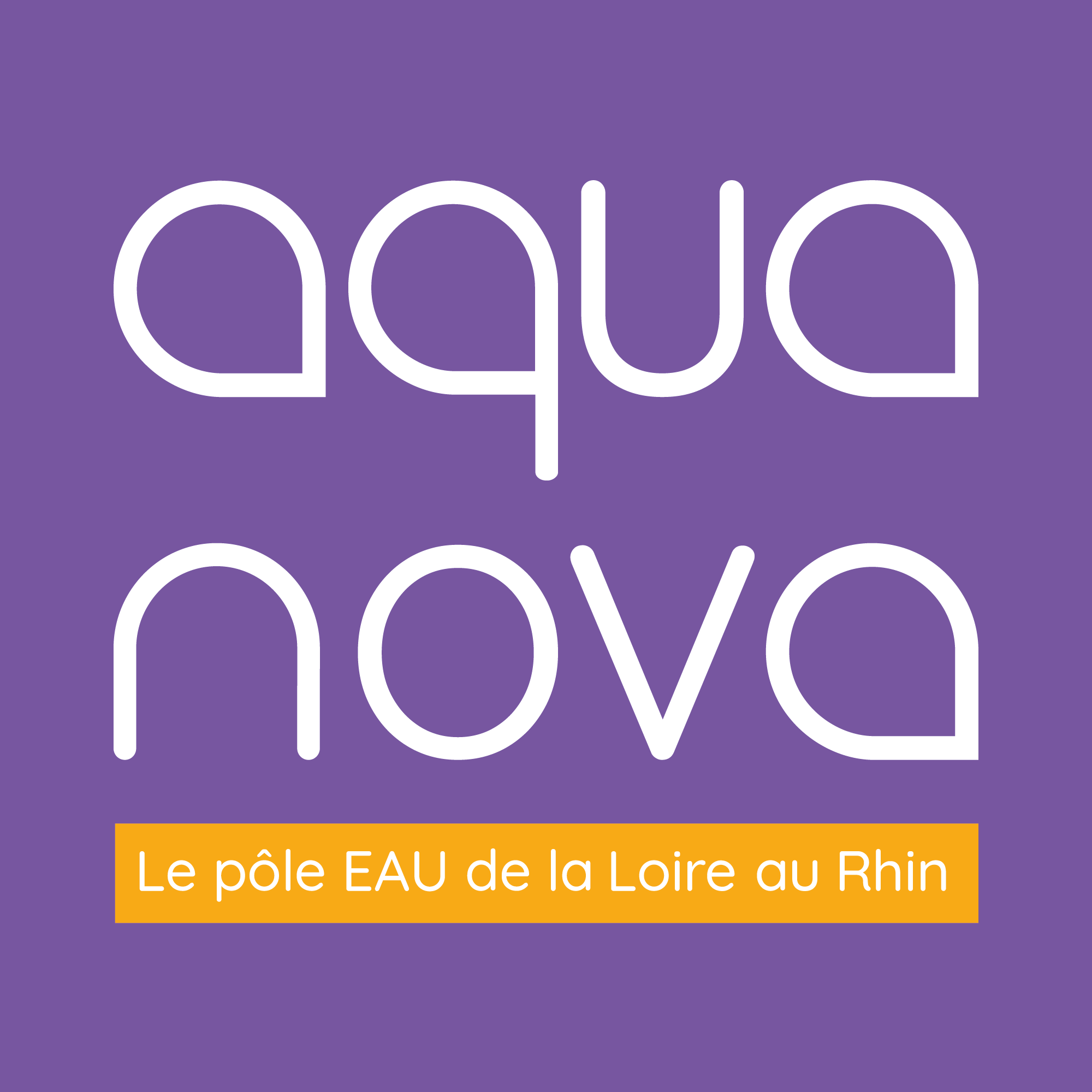 |
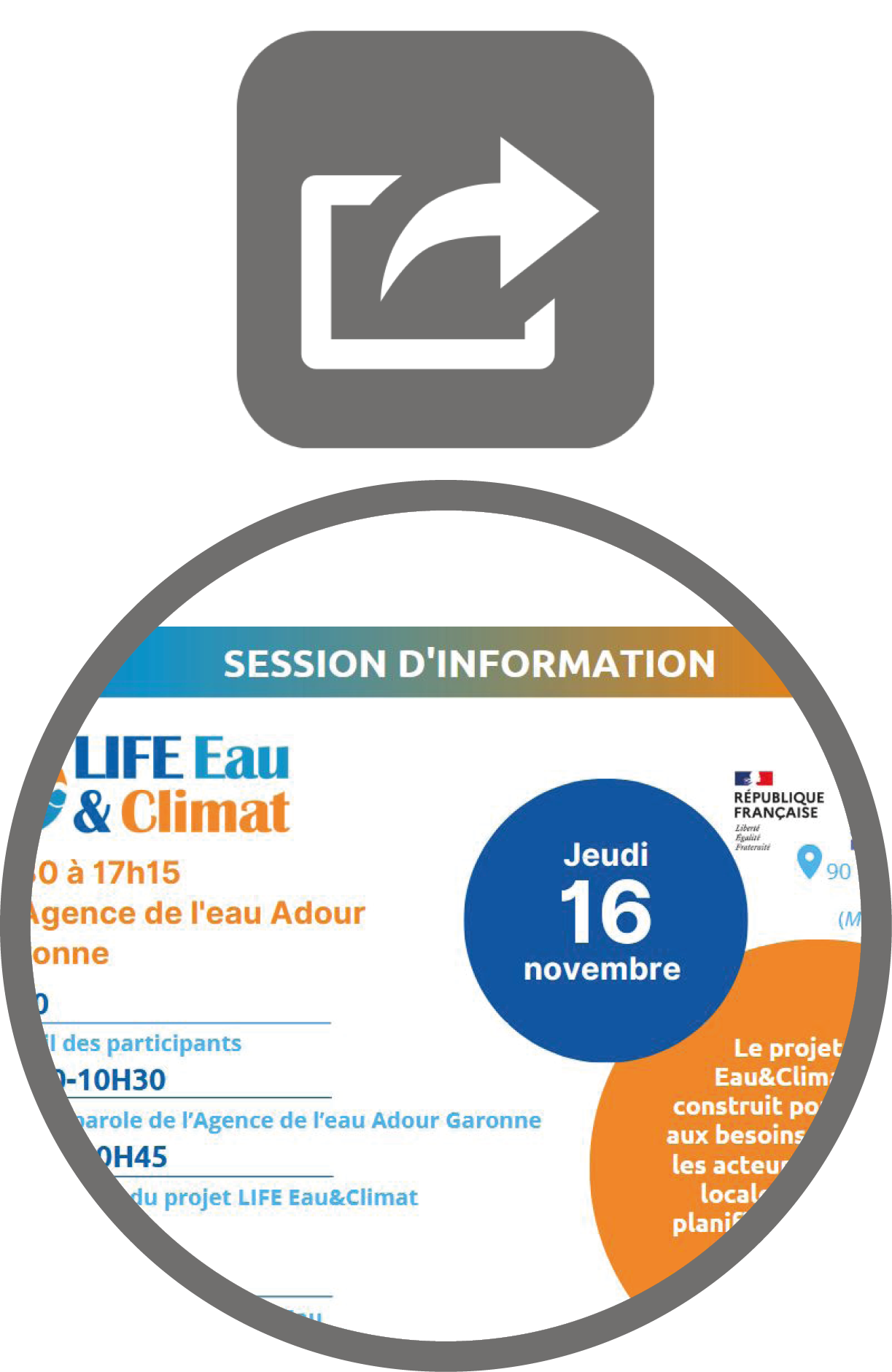 |
Information sessions
In collaboration with the Water Agencies, information sessions were organised in the major river basins of mainland France to present the main results of the LIFE Eau&Climat project. These sessions also provided an opportunity for informal exchanges between peers on the issues of water management and climate change. |
 |
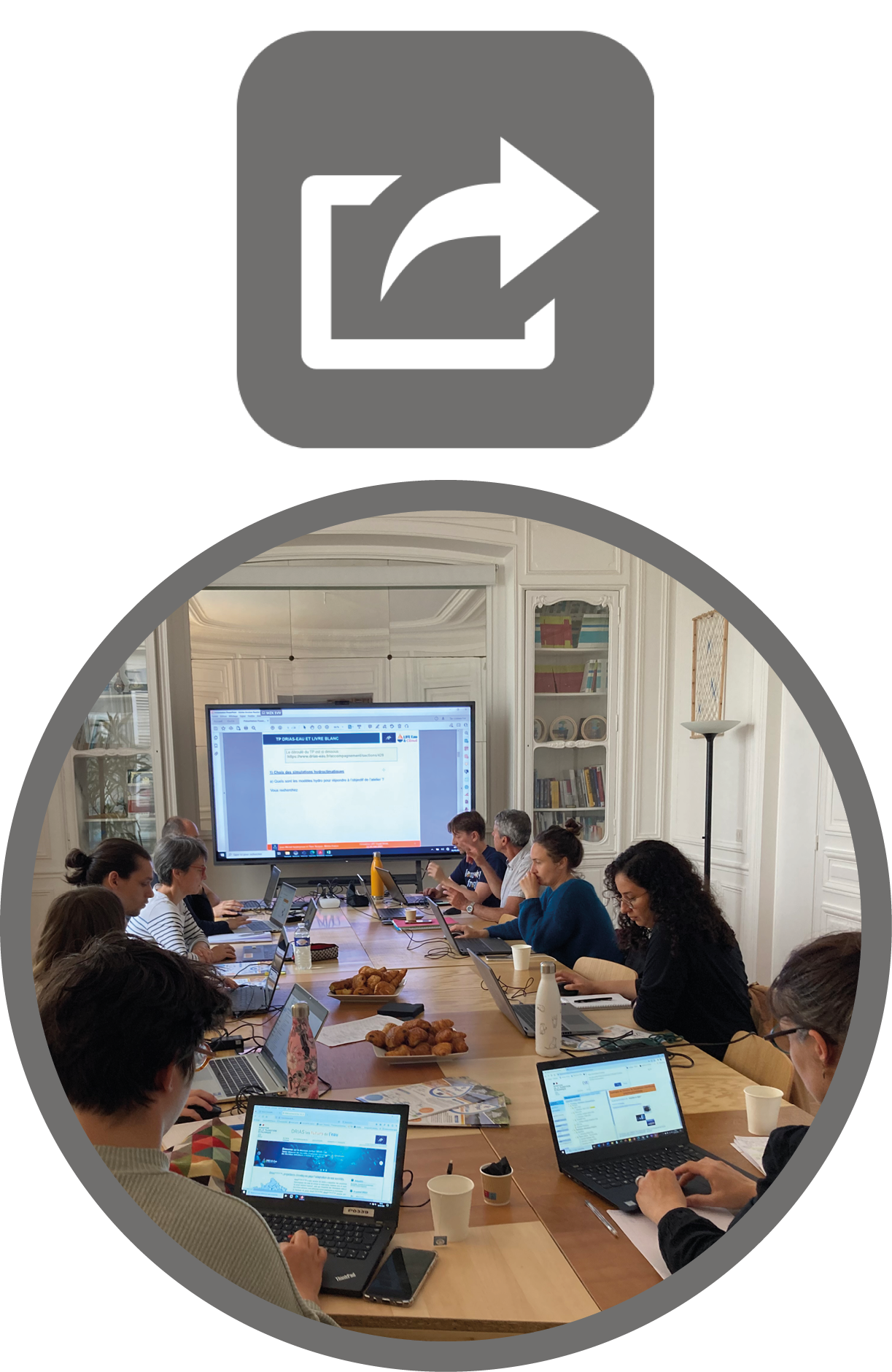 |
Training sessions
These training days were aimed at water managers who have to handle hydroclimatic data and implement actions in their areas in the context of climate change. They provided an opportunity to get to grips with the various tools used in the LIFE Eau&Climat project and to learn how to manipulate data. |
 |
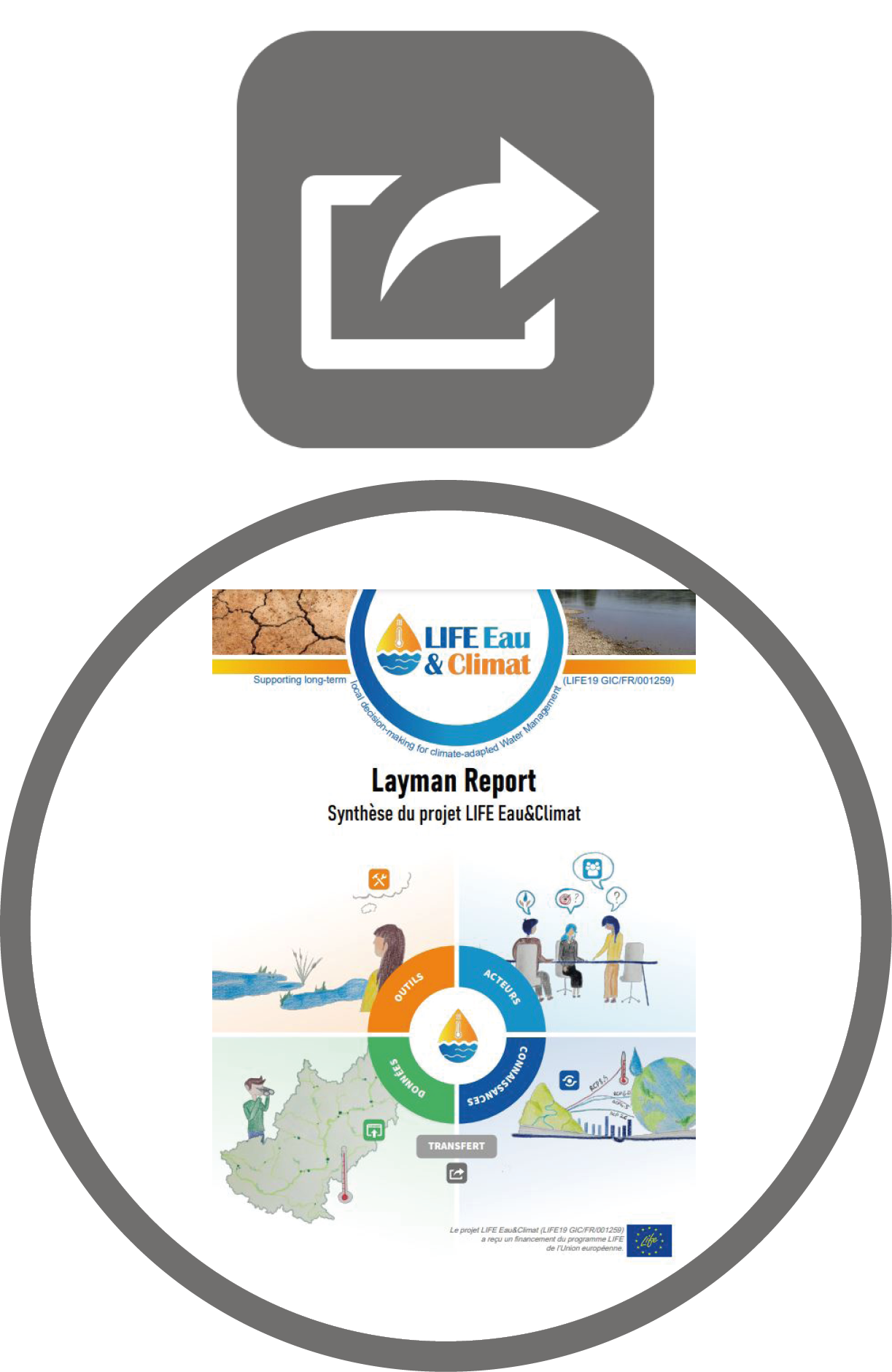 |
Summary document - Layman Report
This summary document of the LIFE Eau&Climat project sets out the context and objectives of the project. It presents the main areas of work and the associated results. It is supported by testimonials from the project partners, some of which are also available in video form. QR codes/links lead to the videos in question and to the project's main deliverables. |
 |
